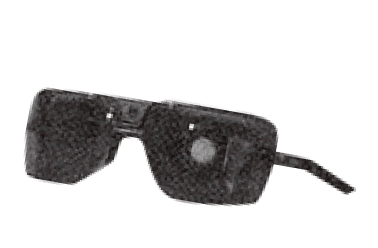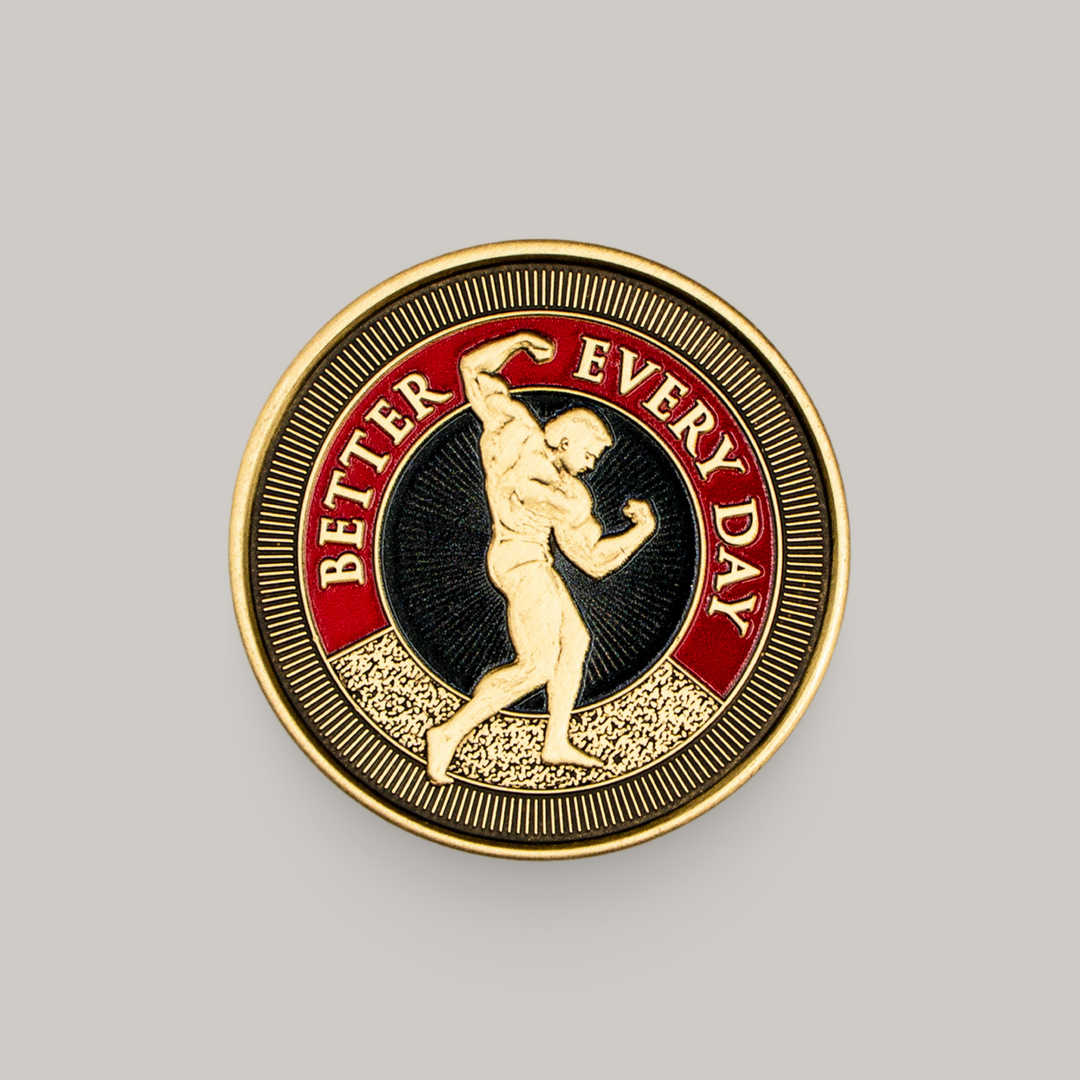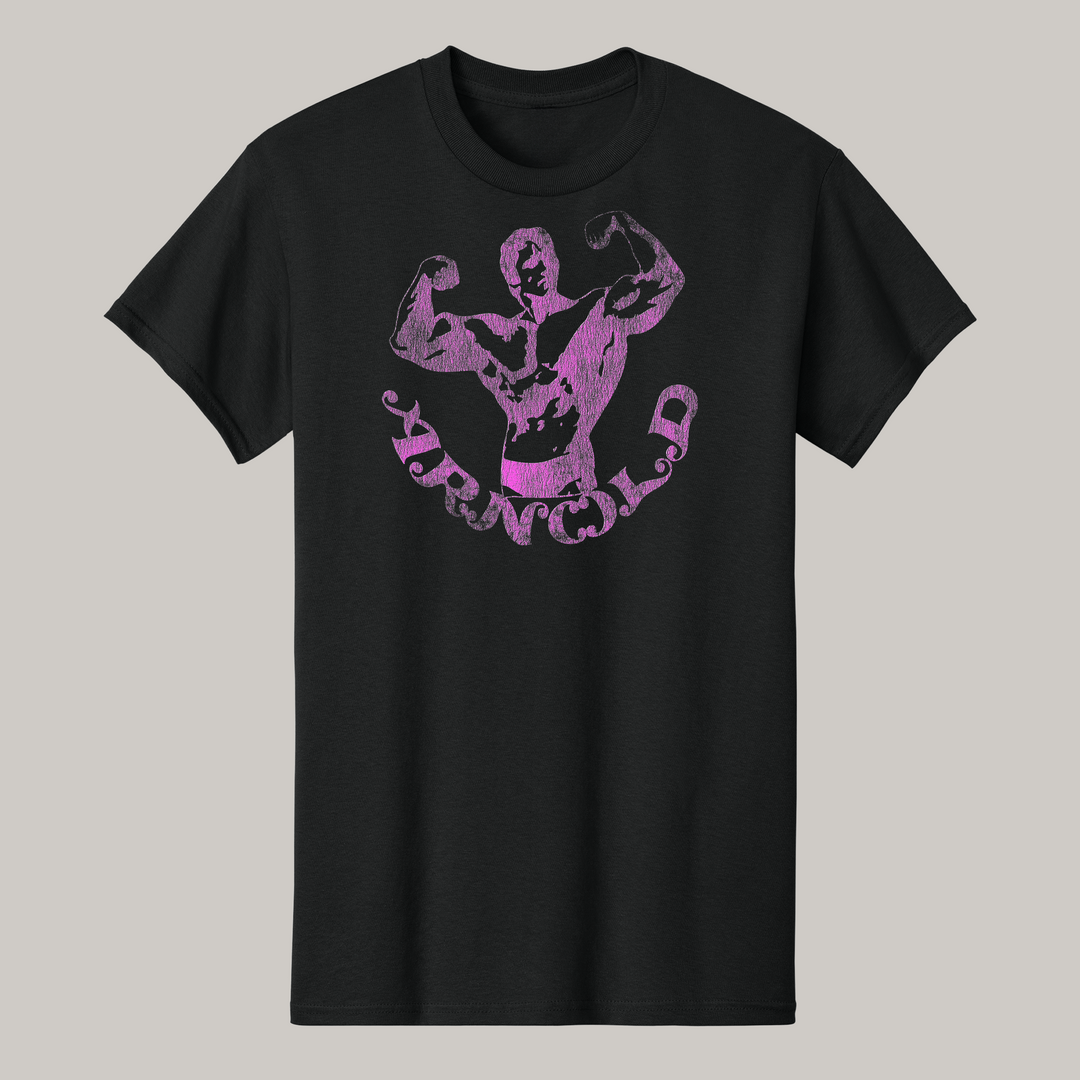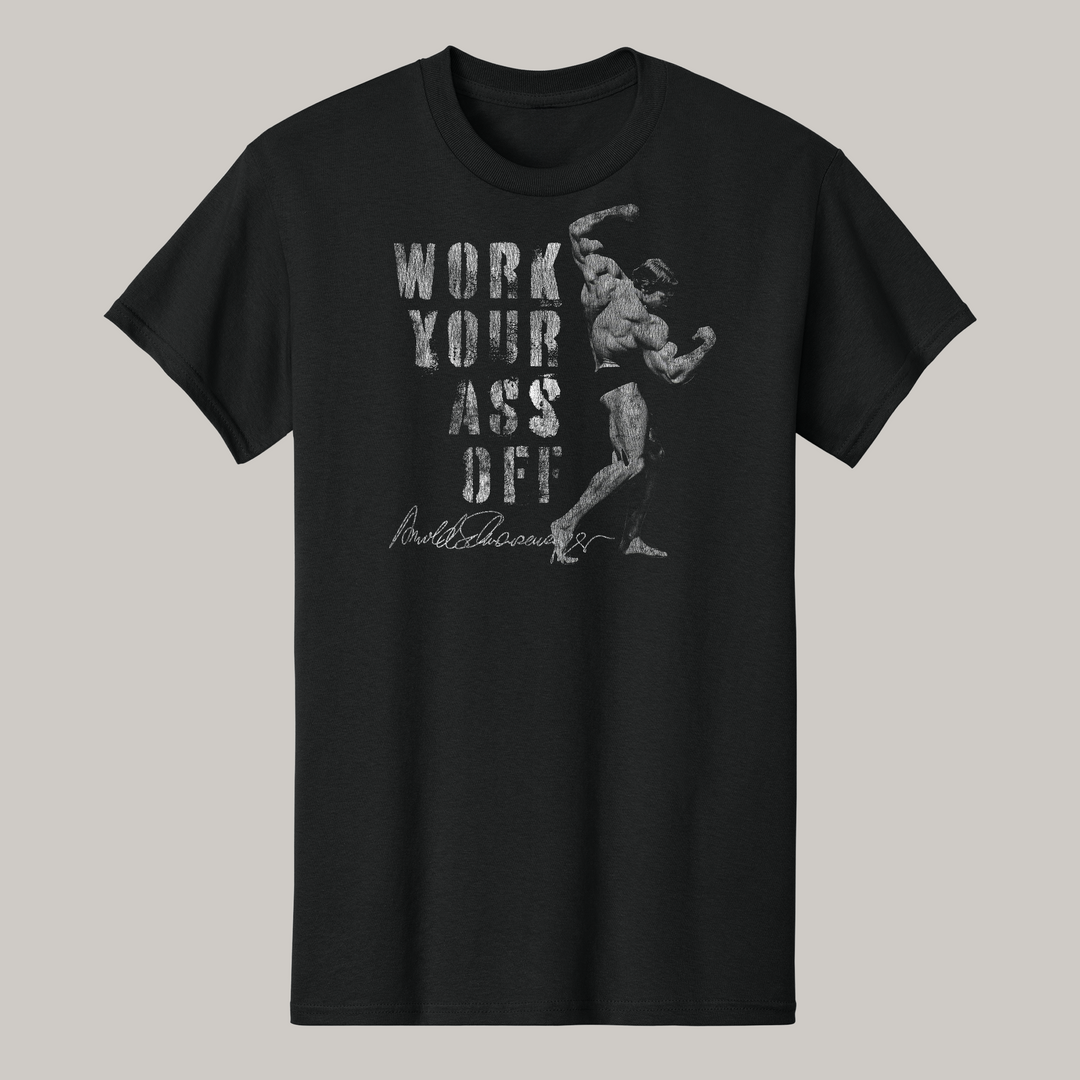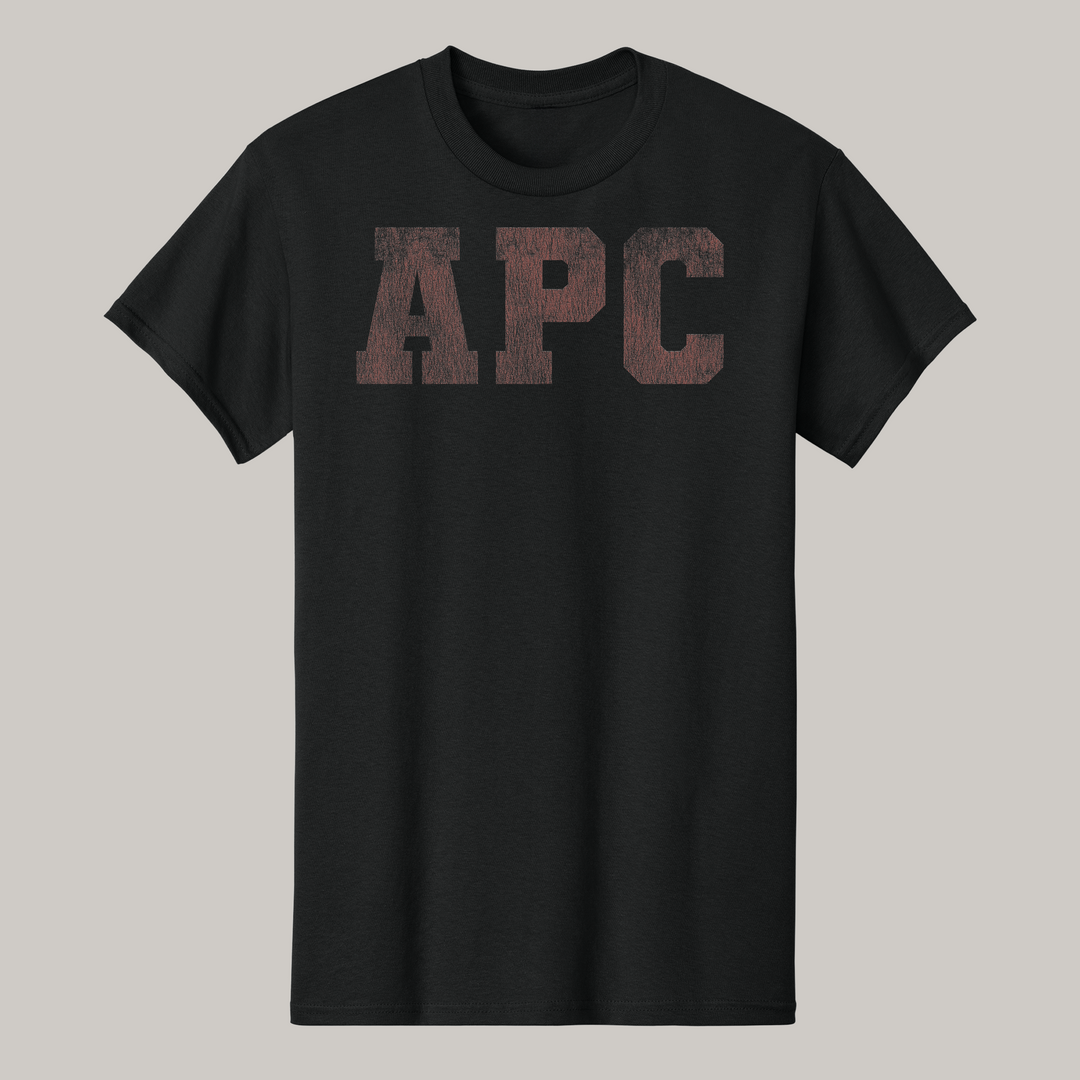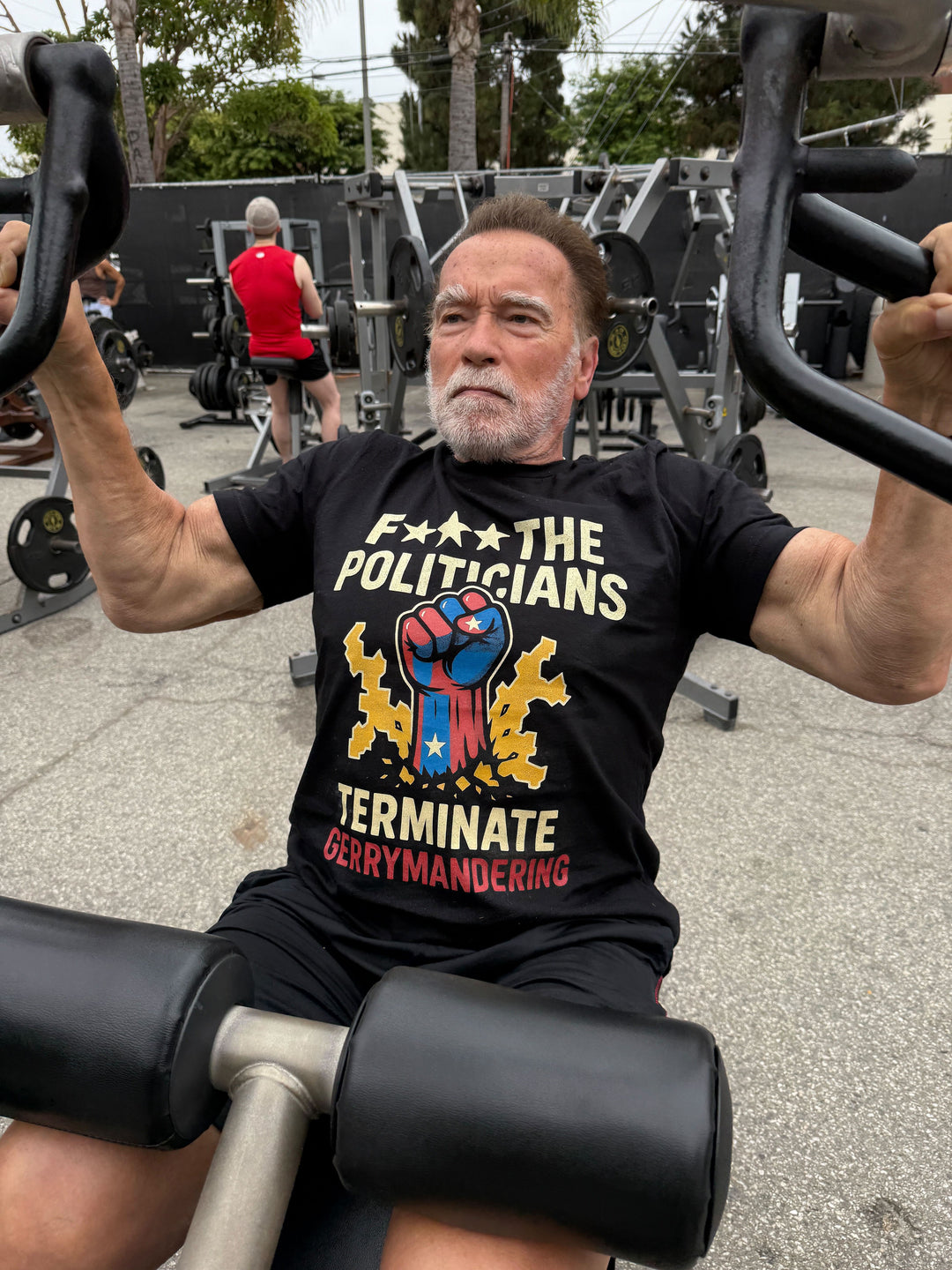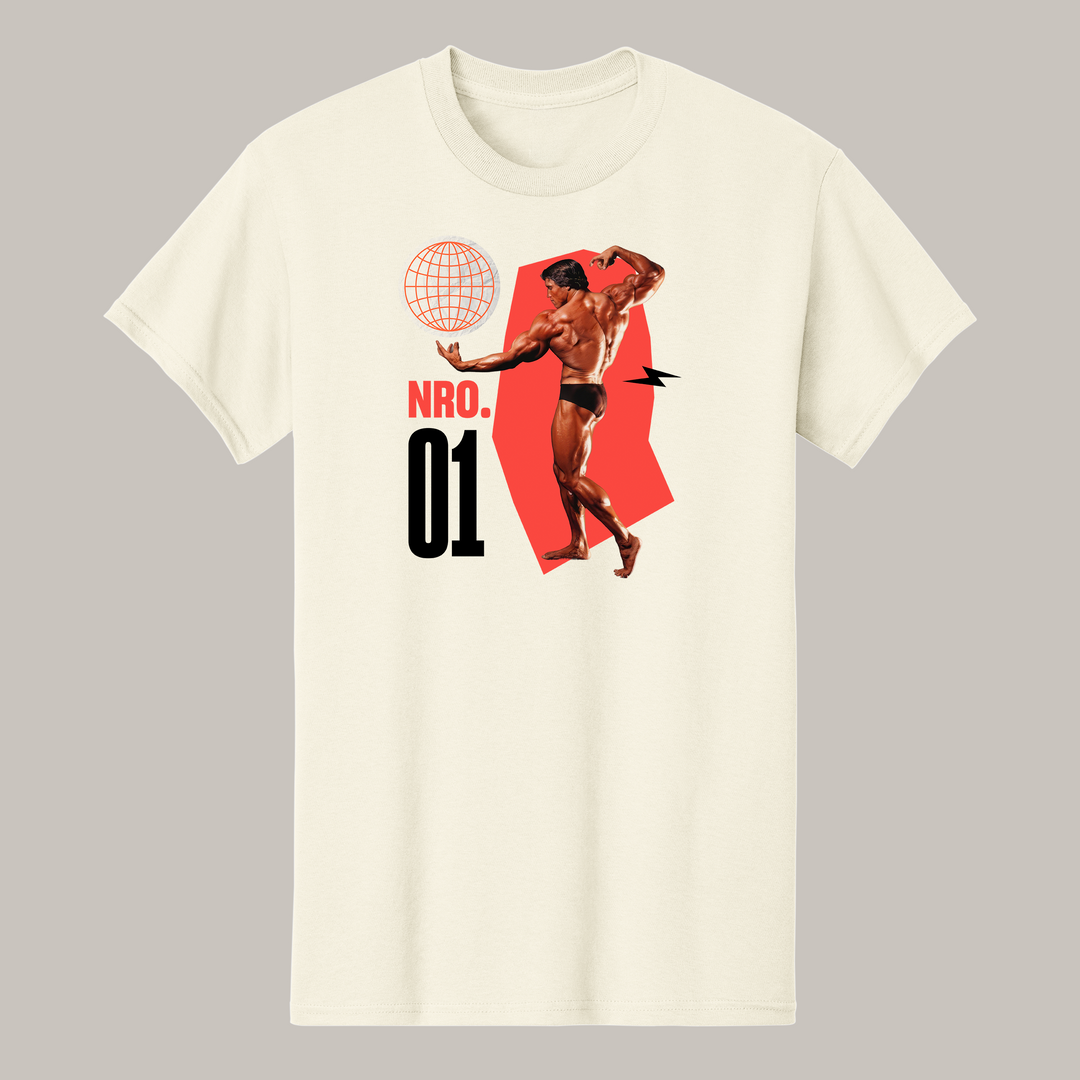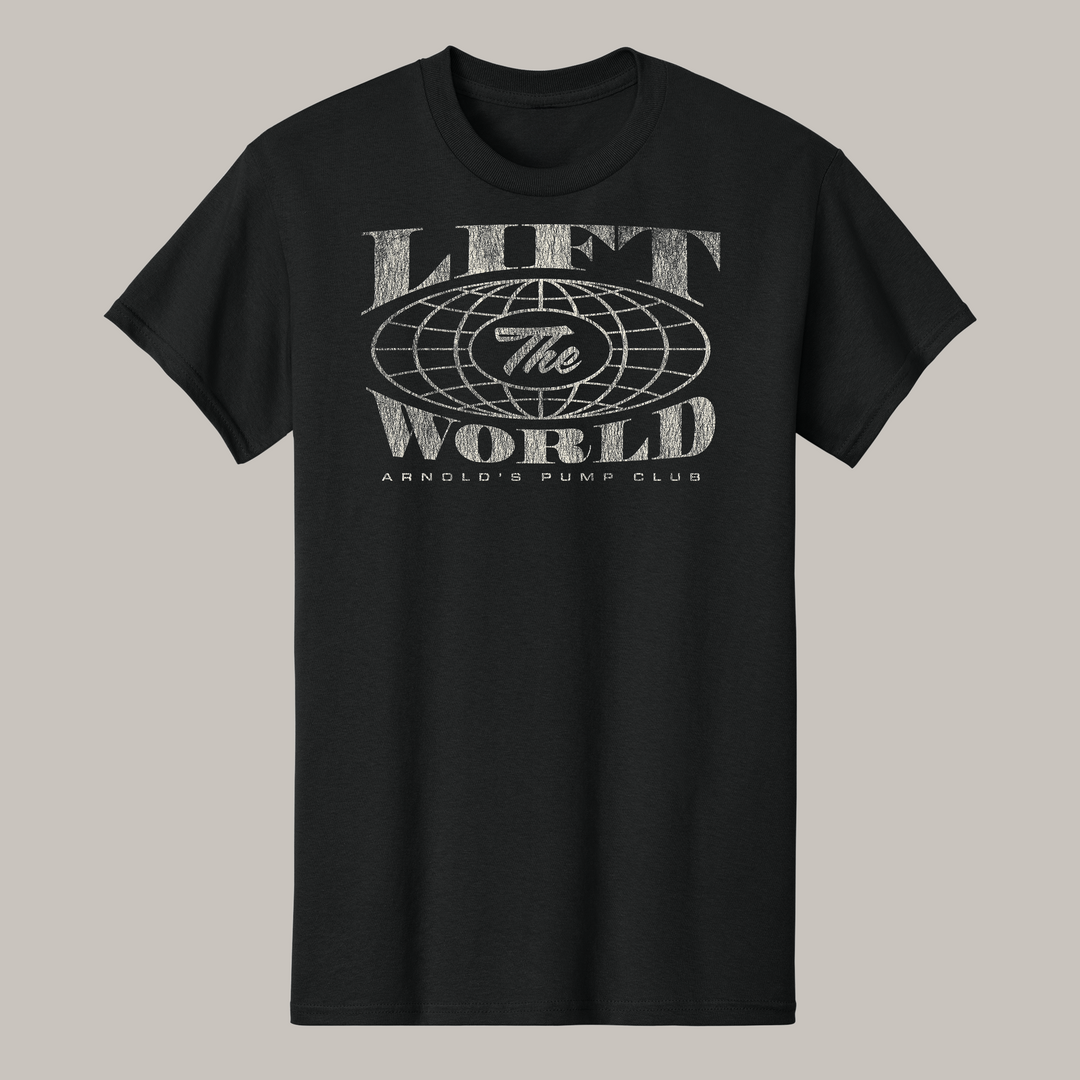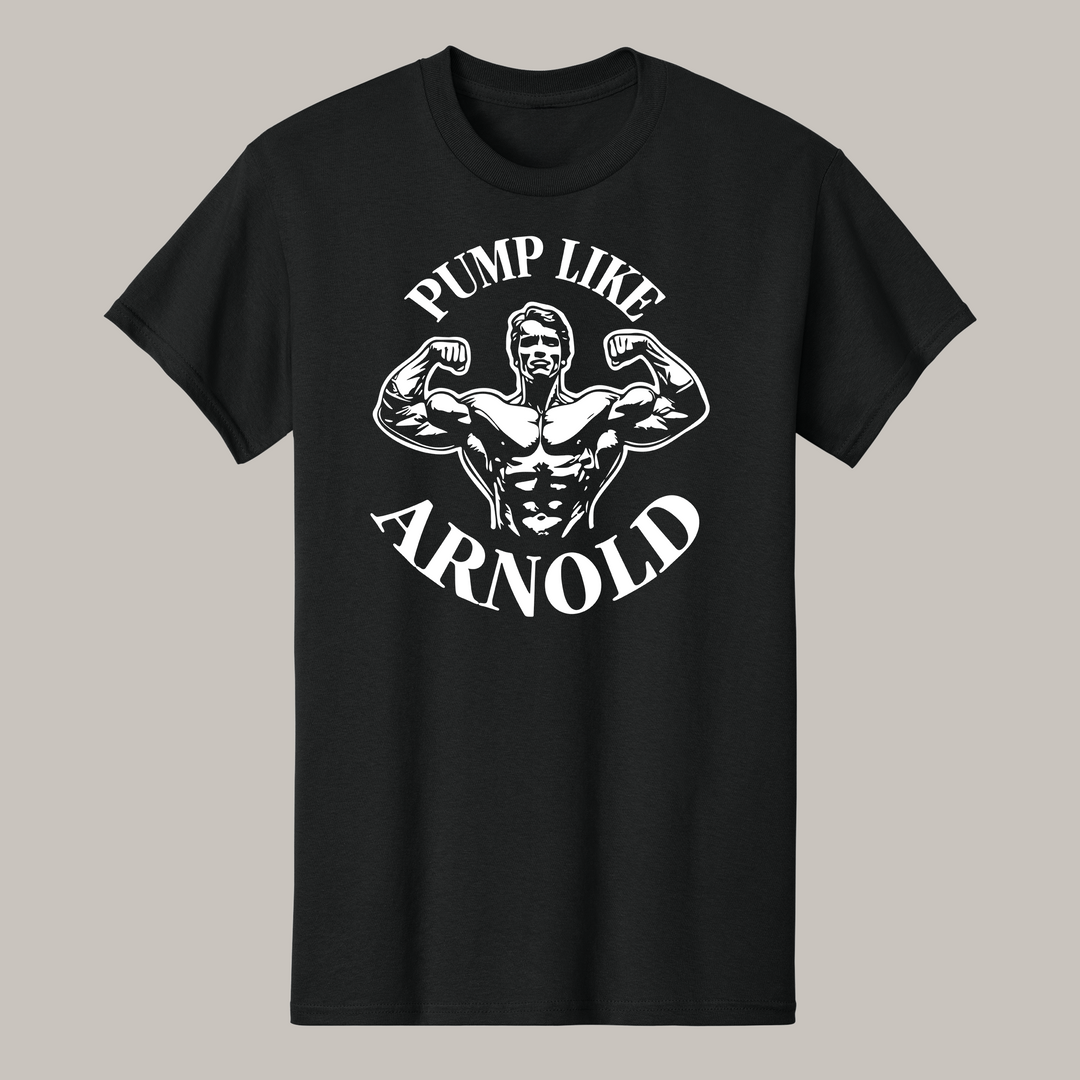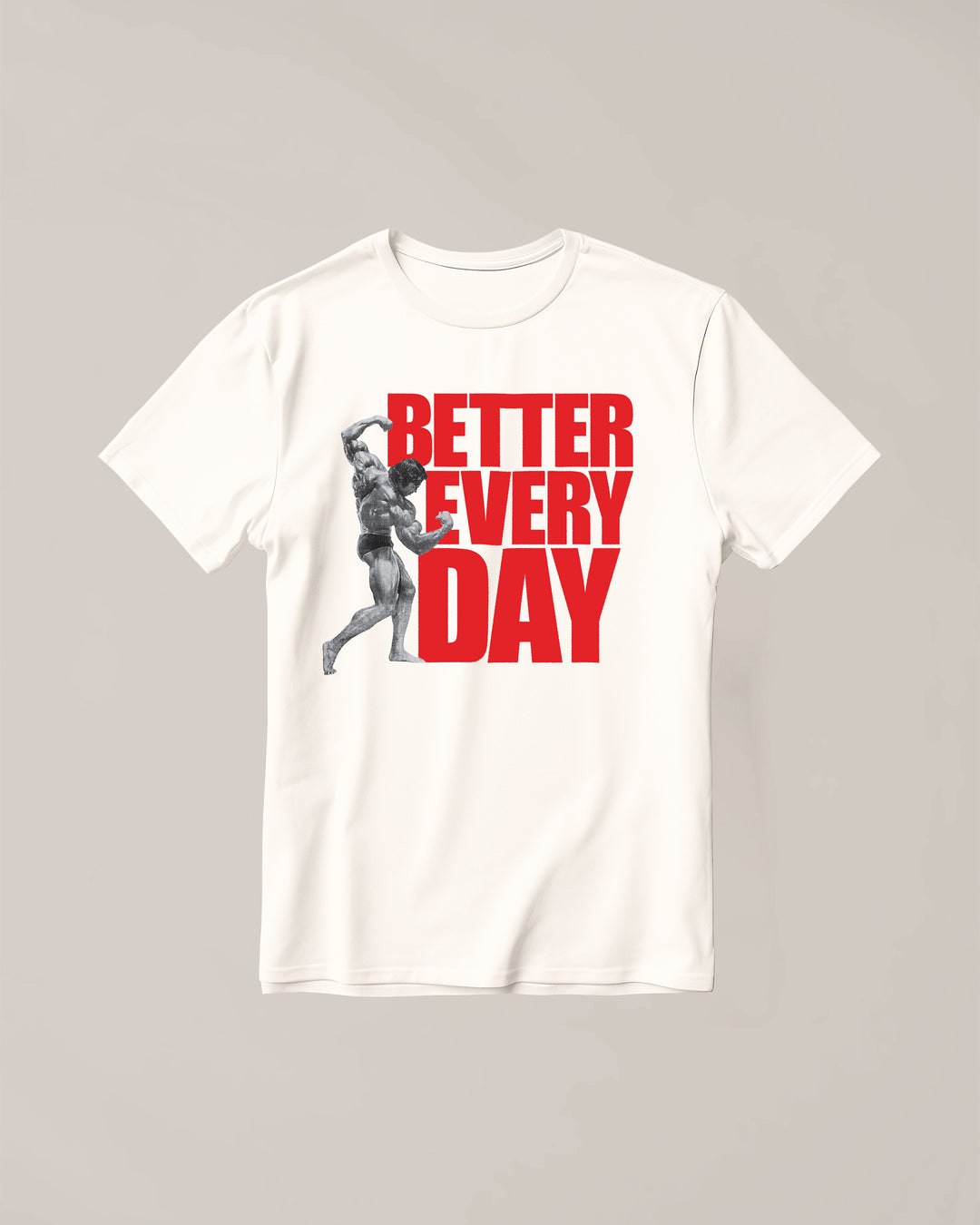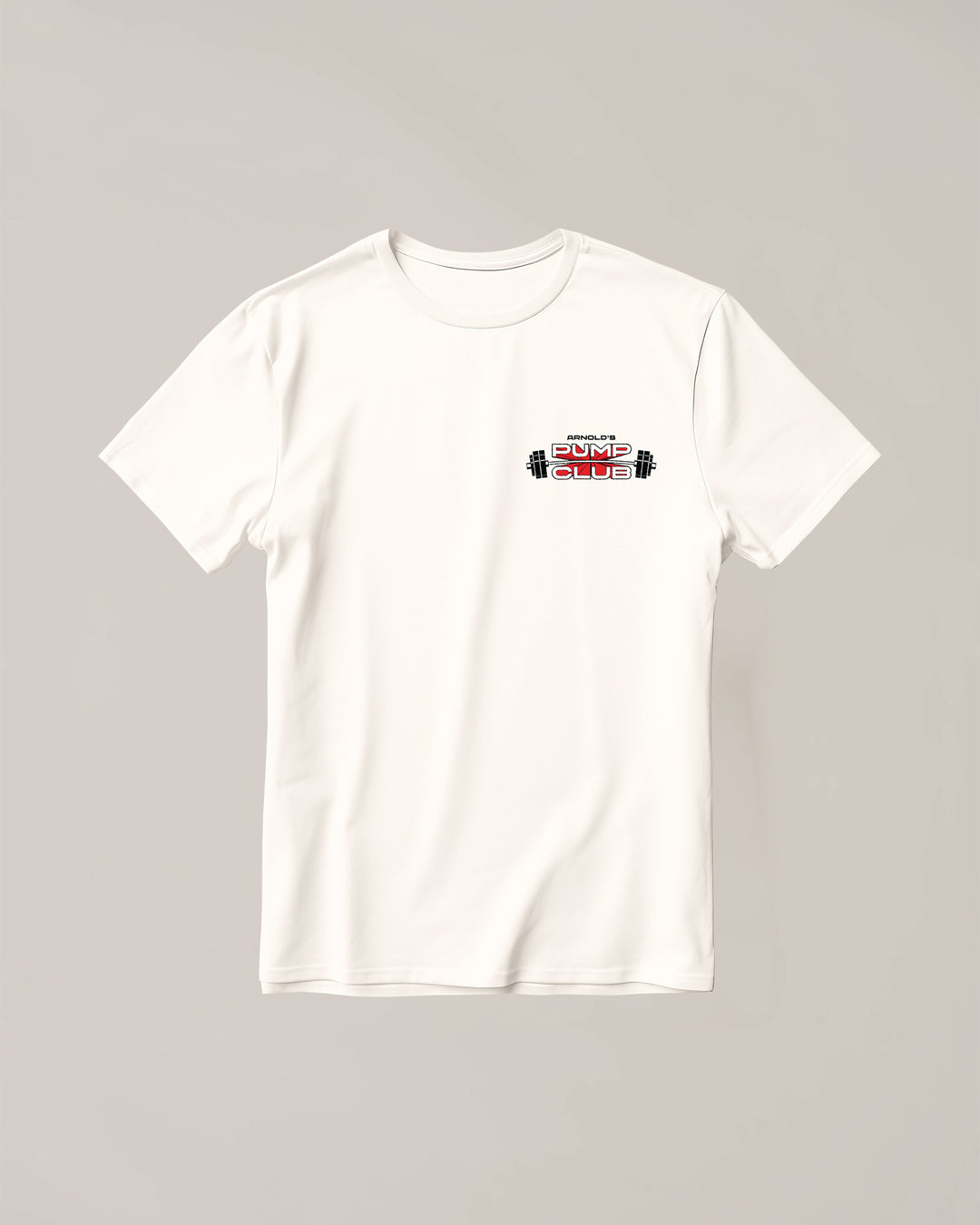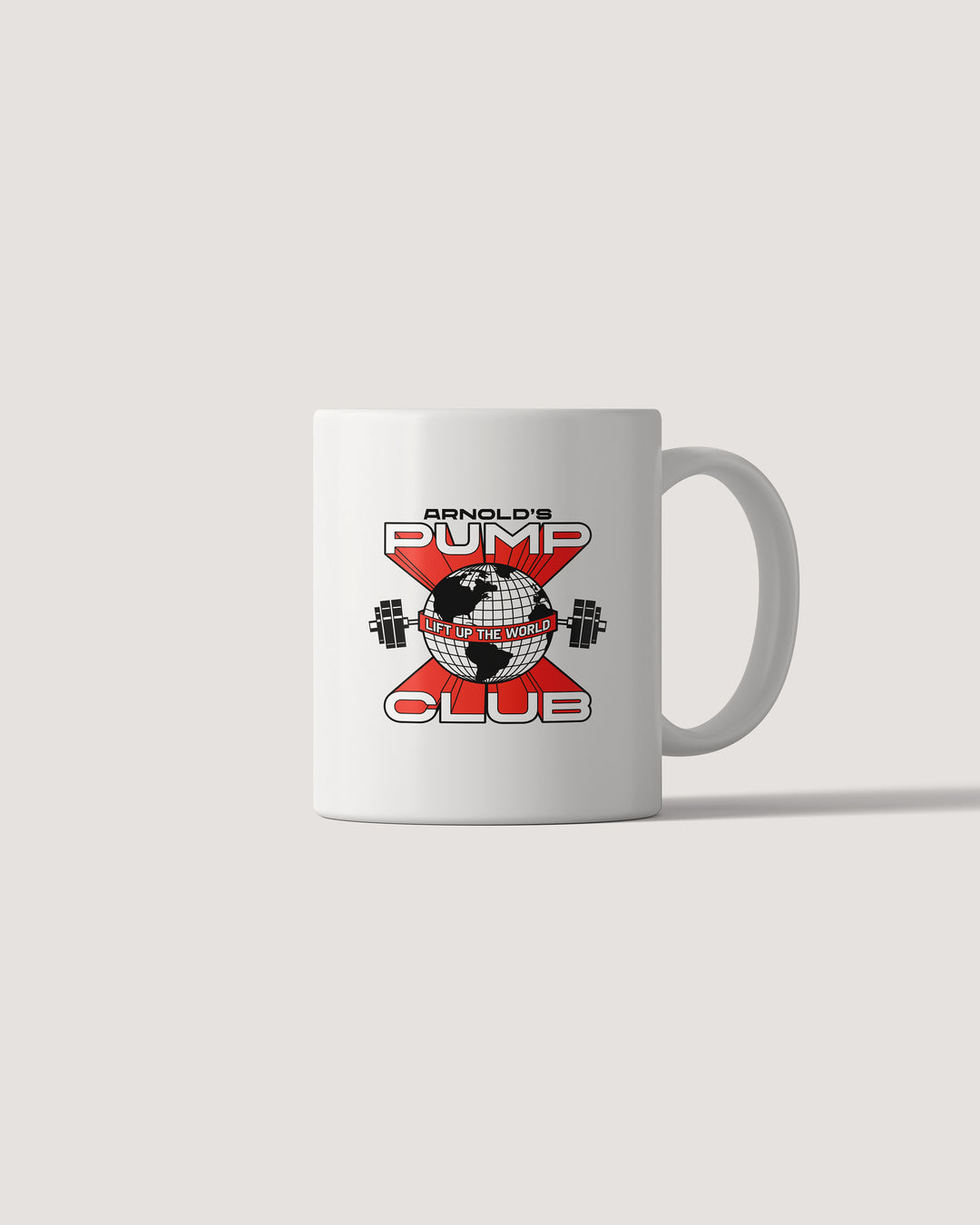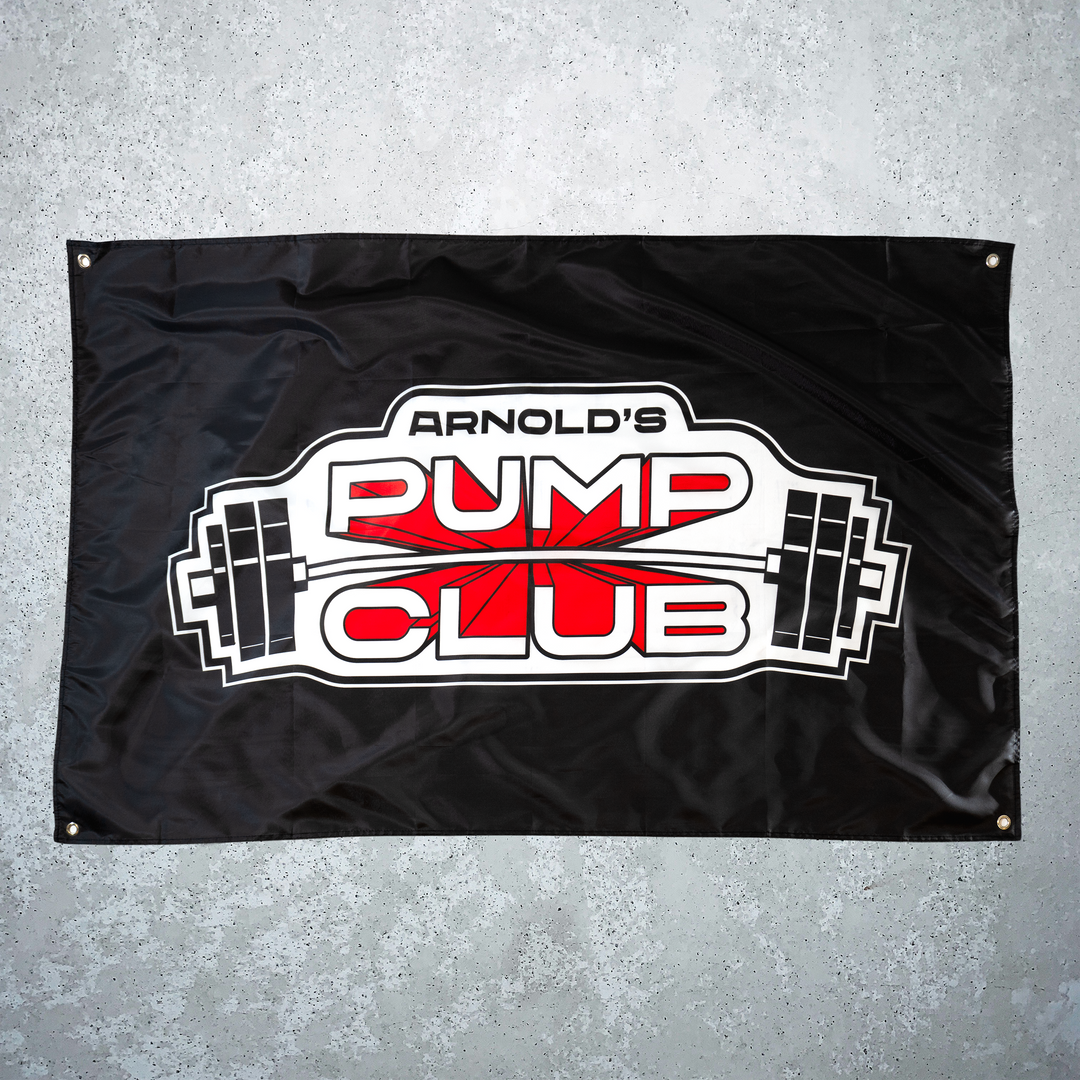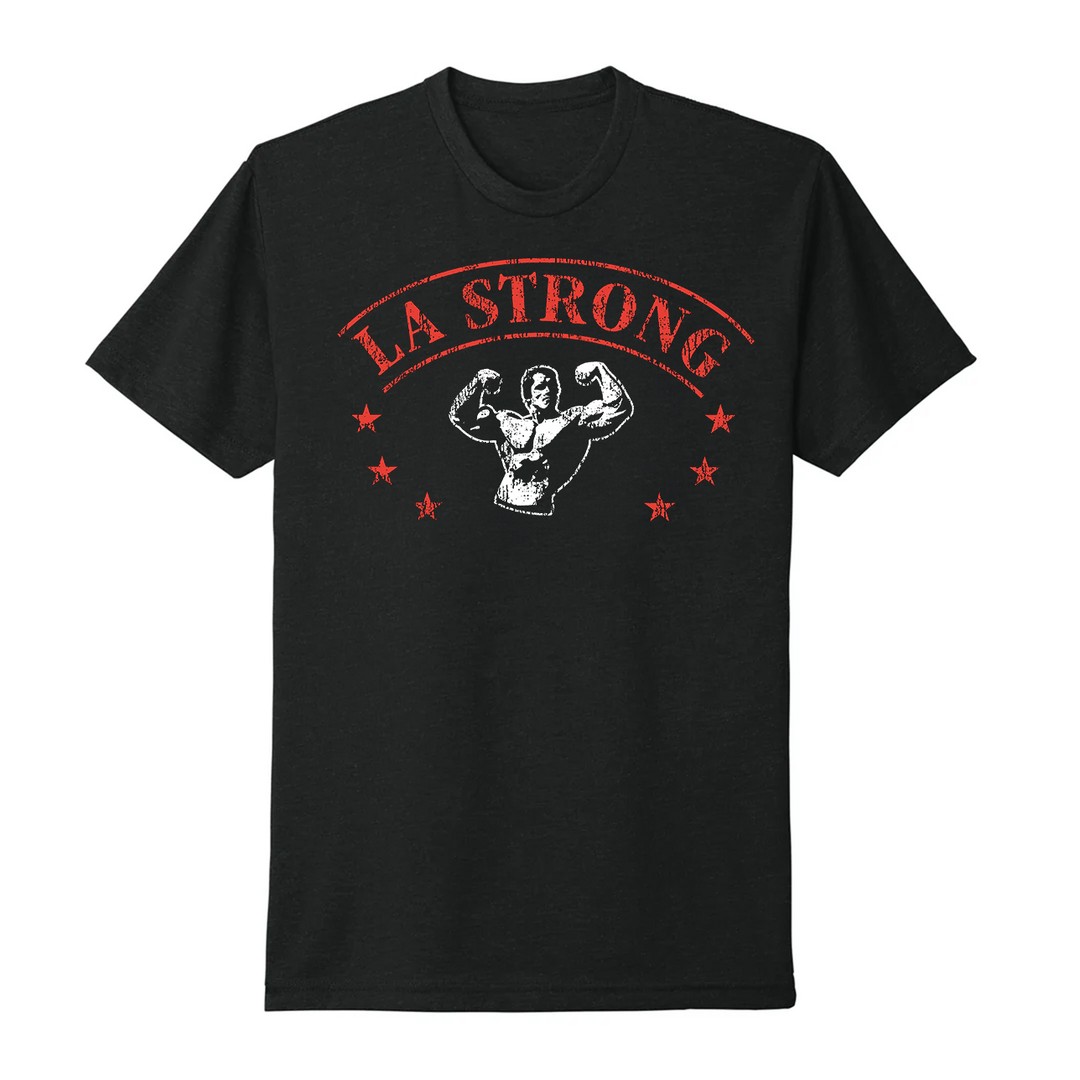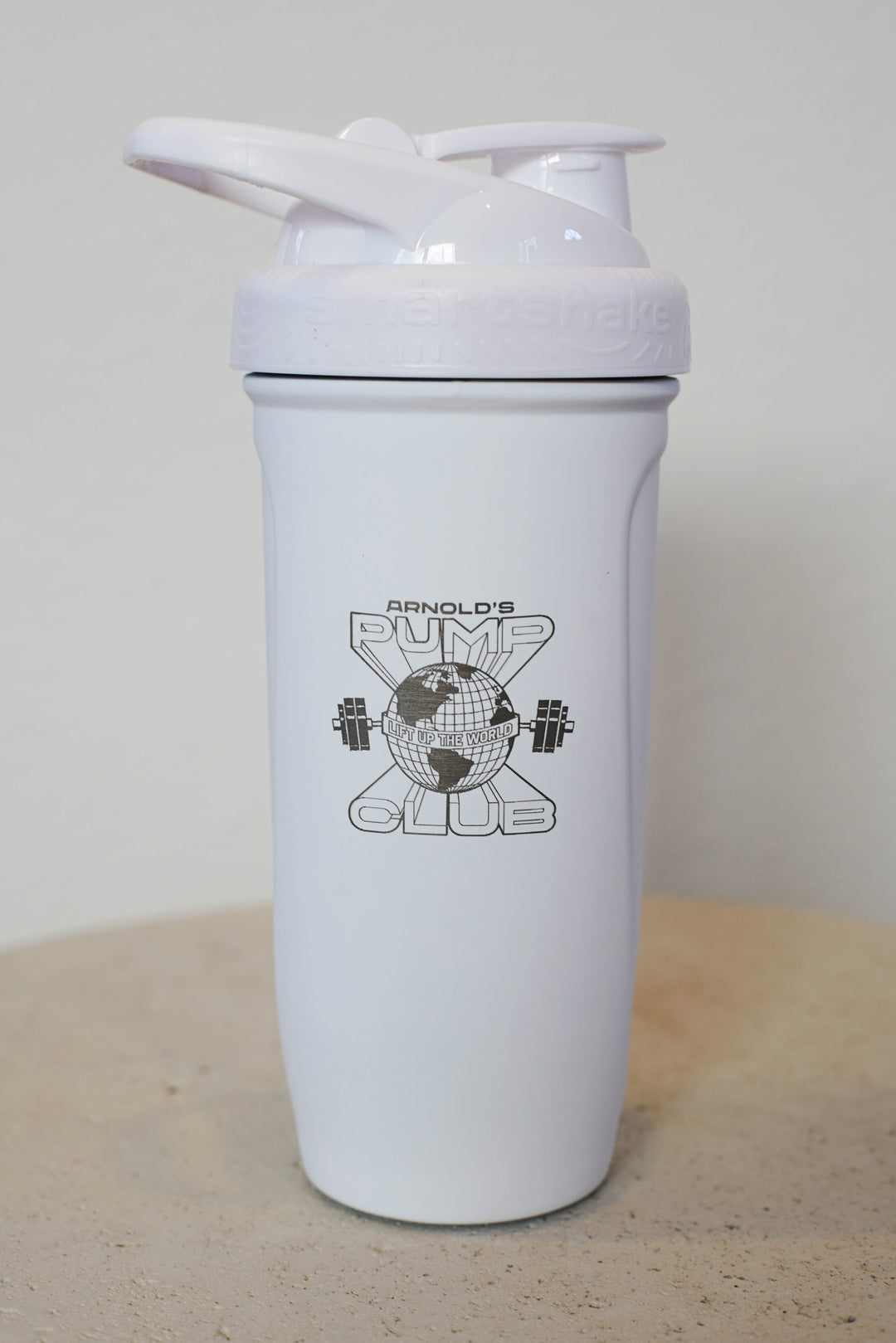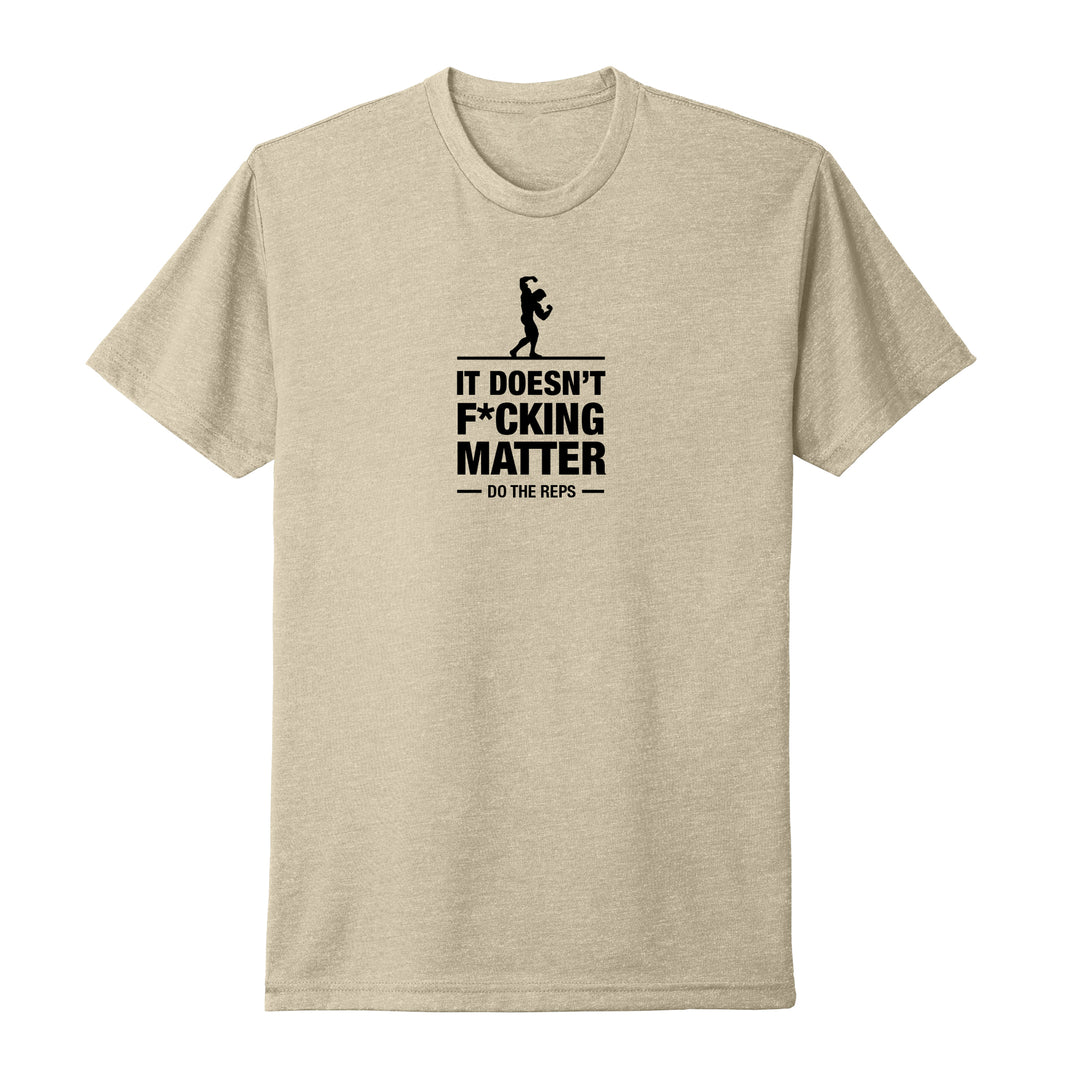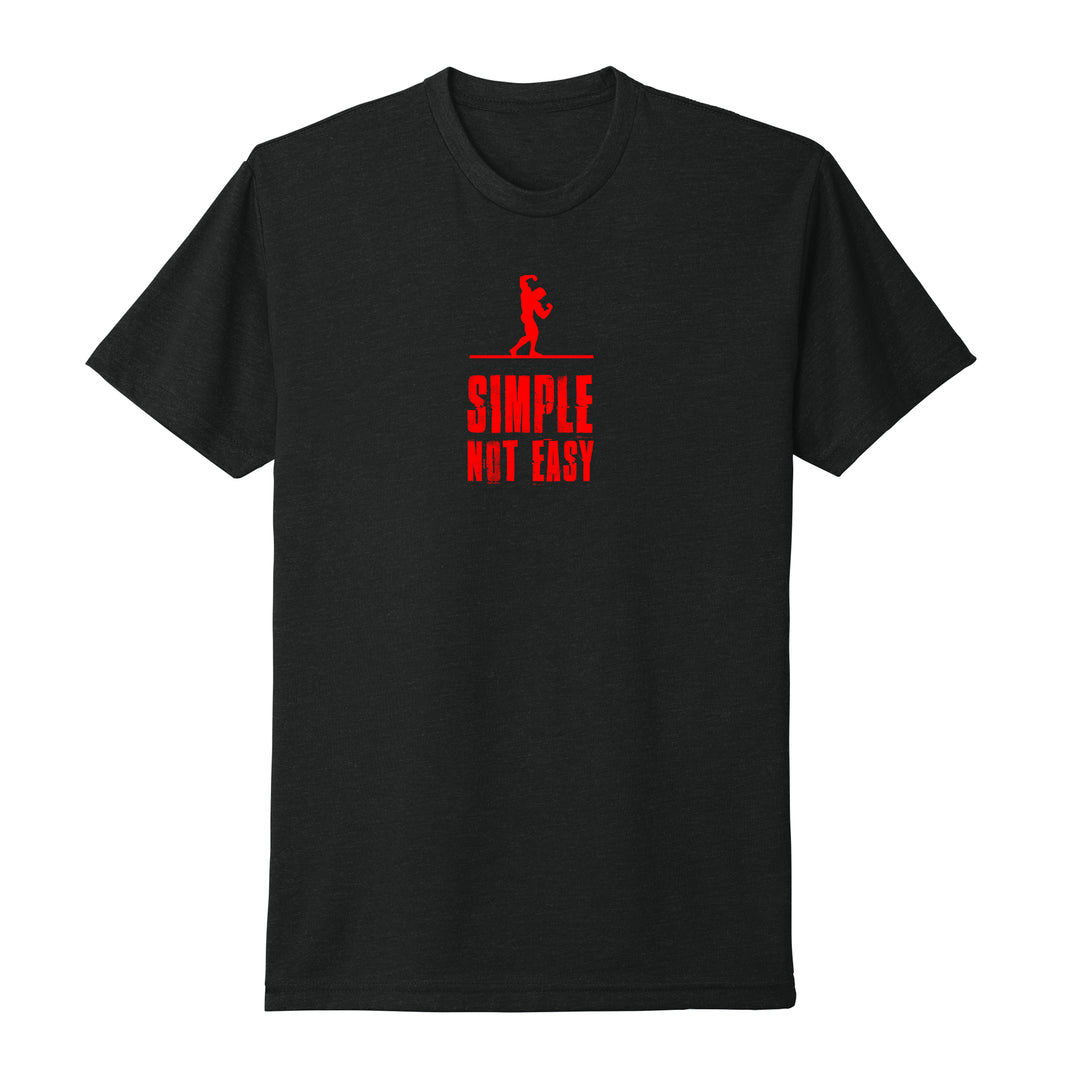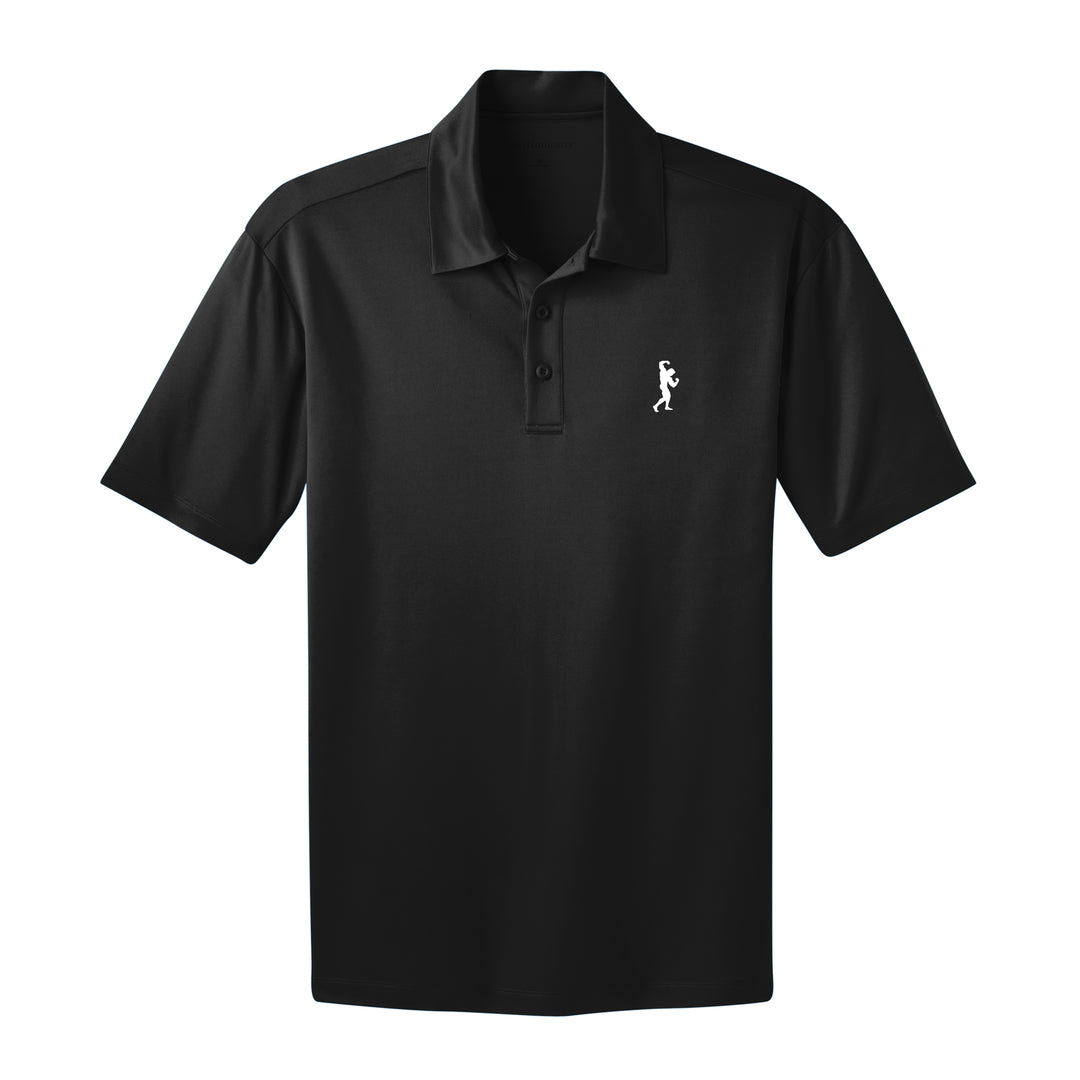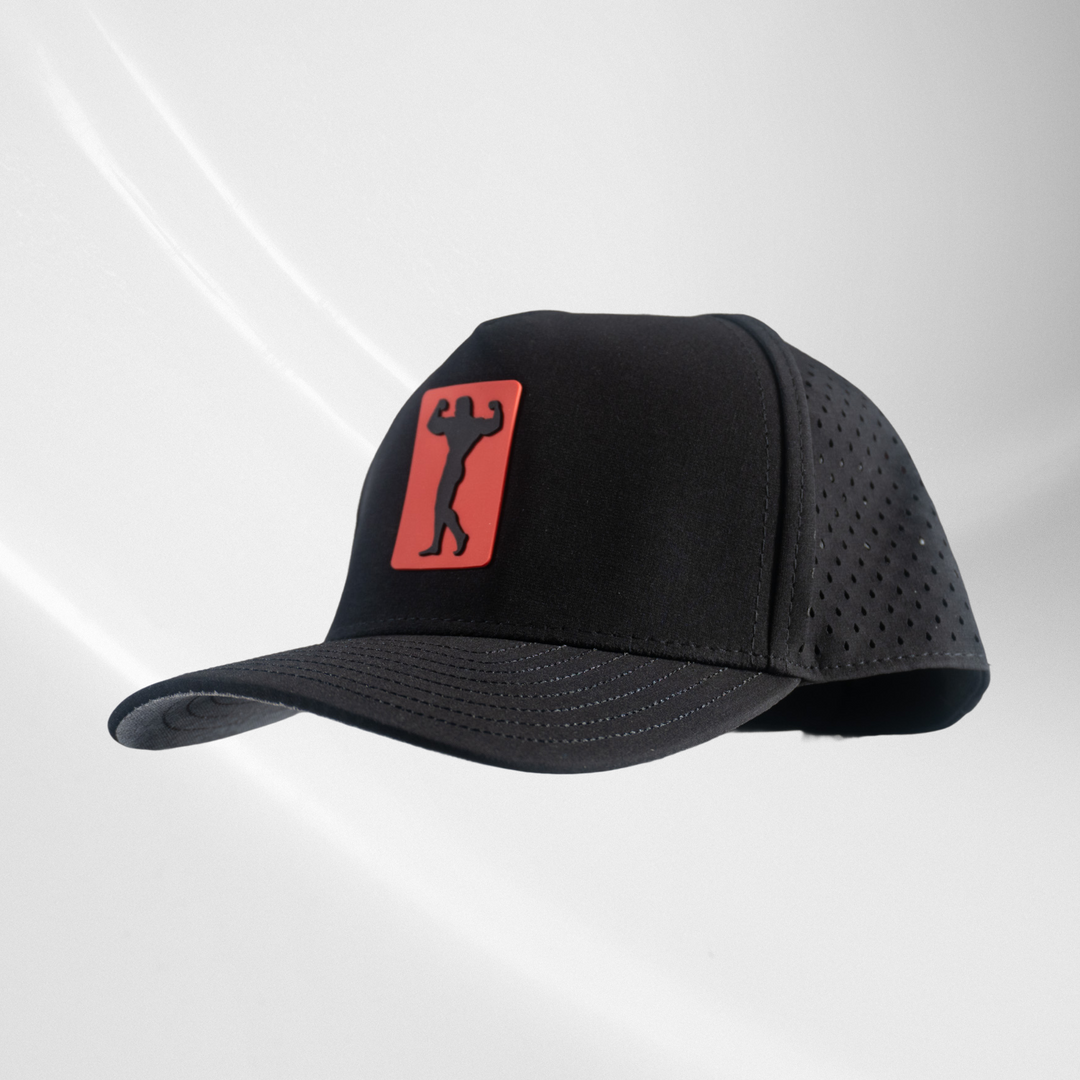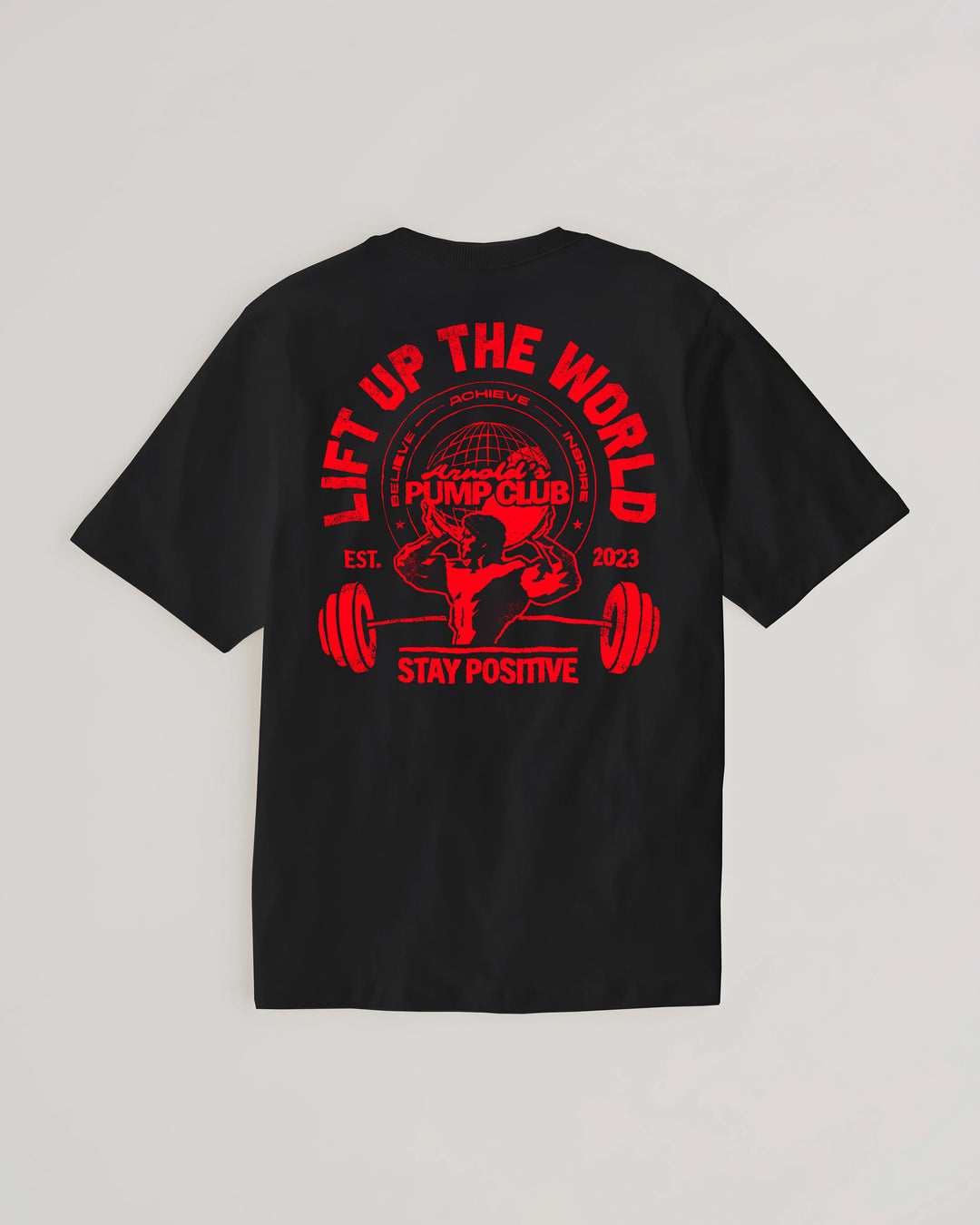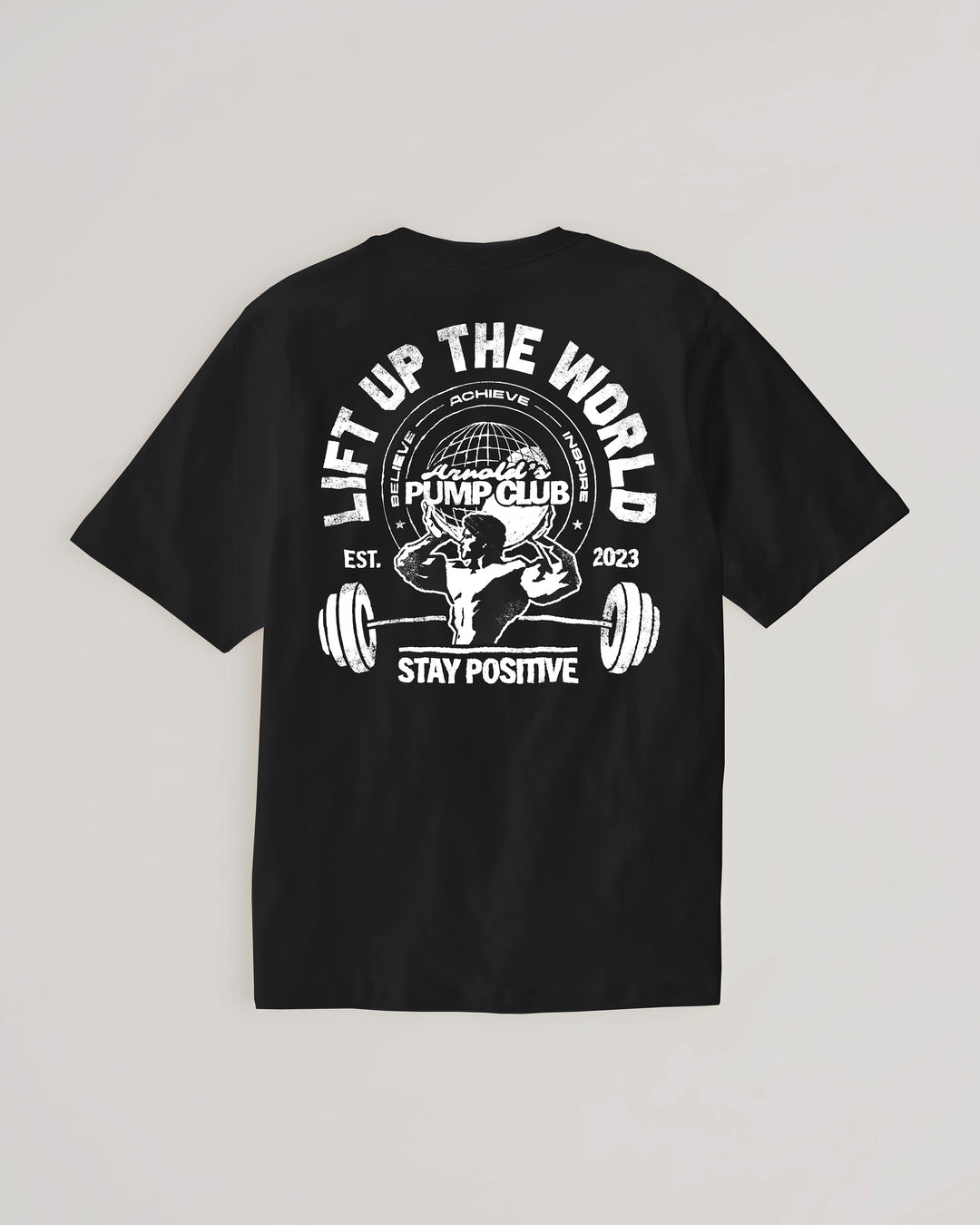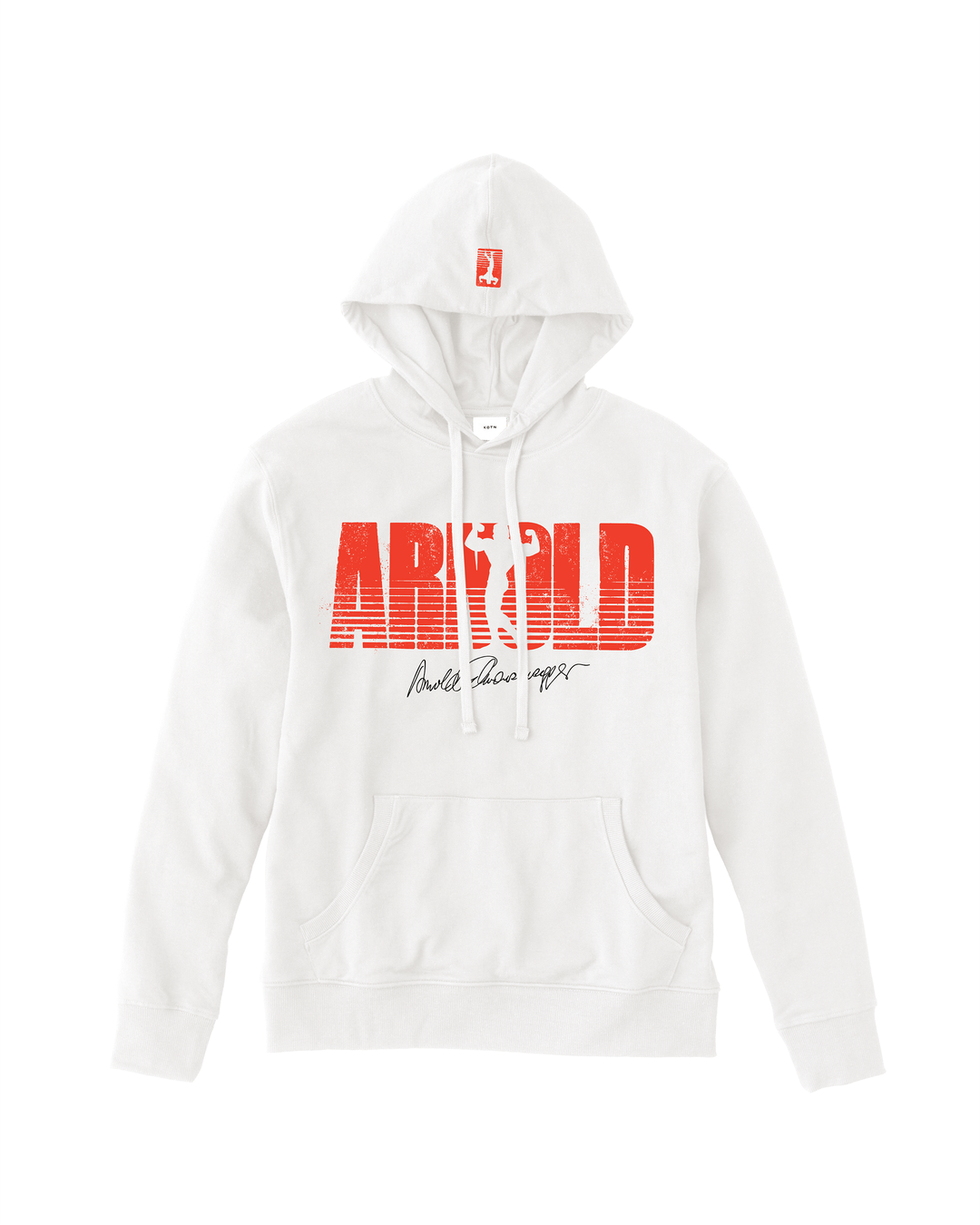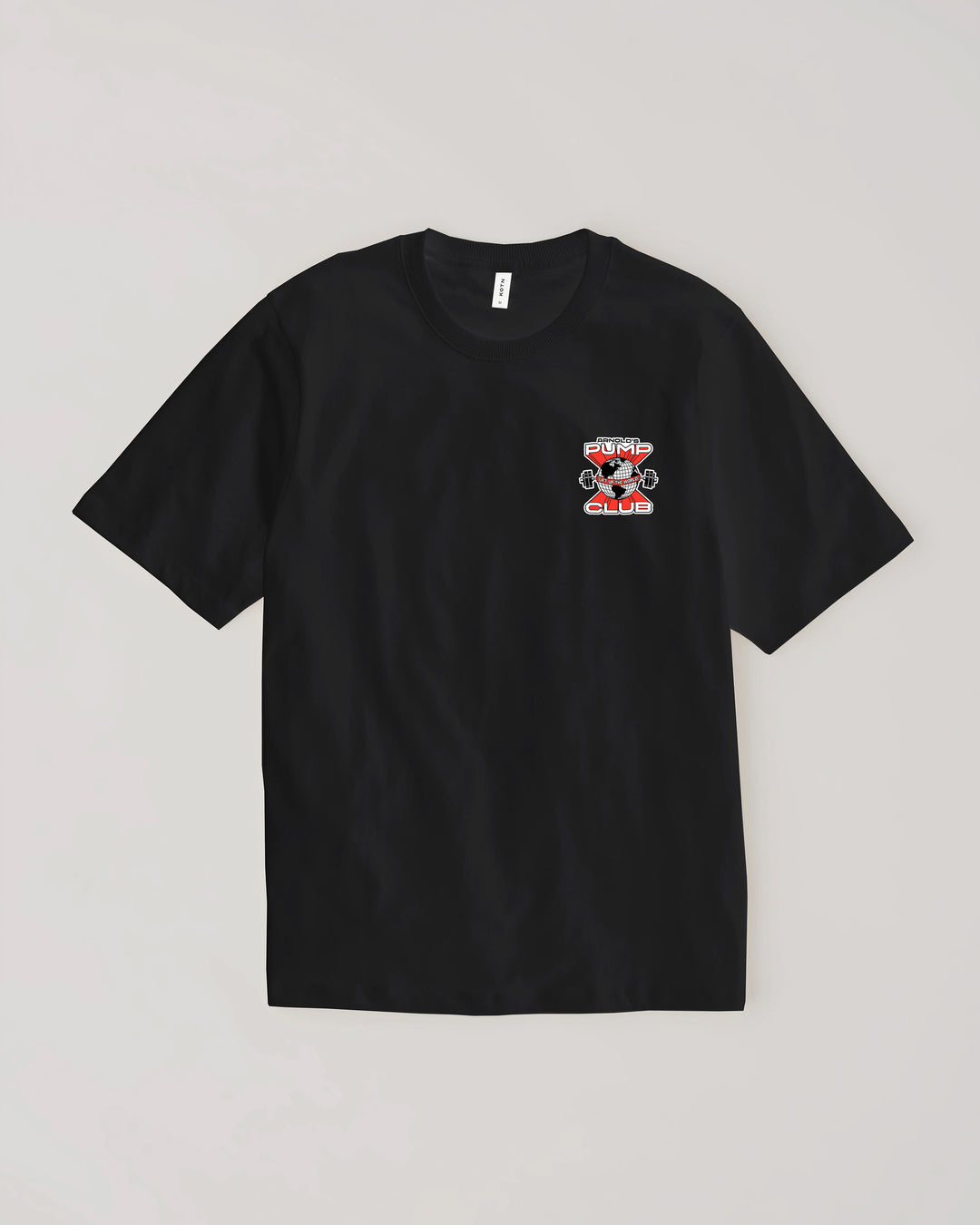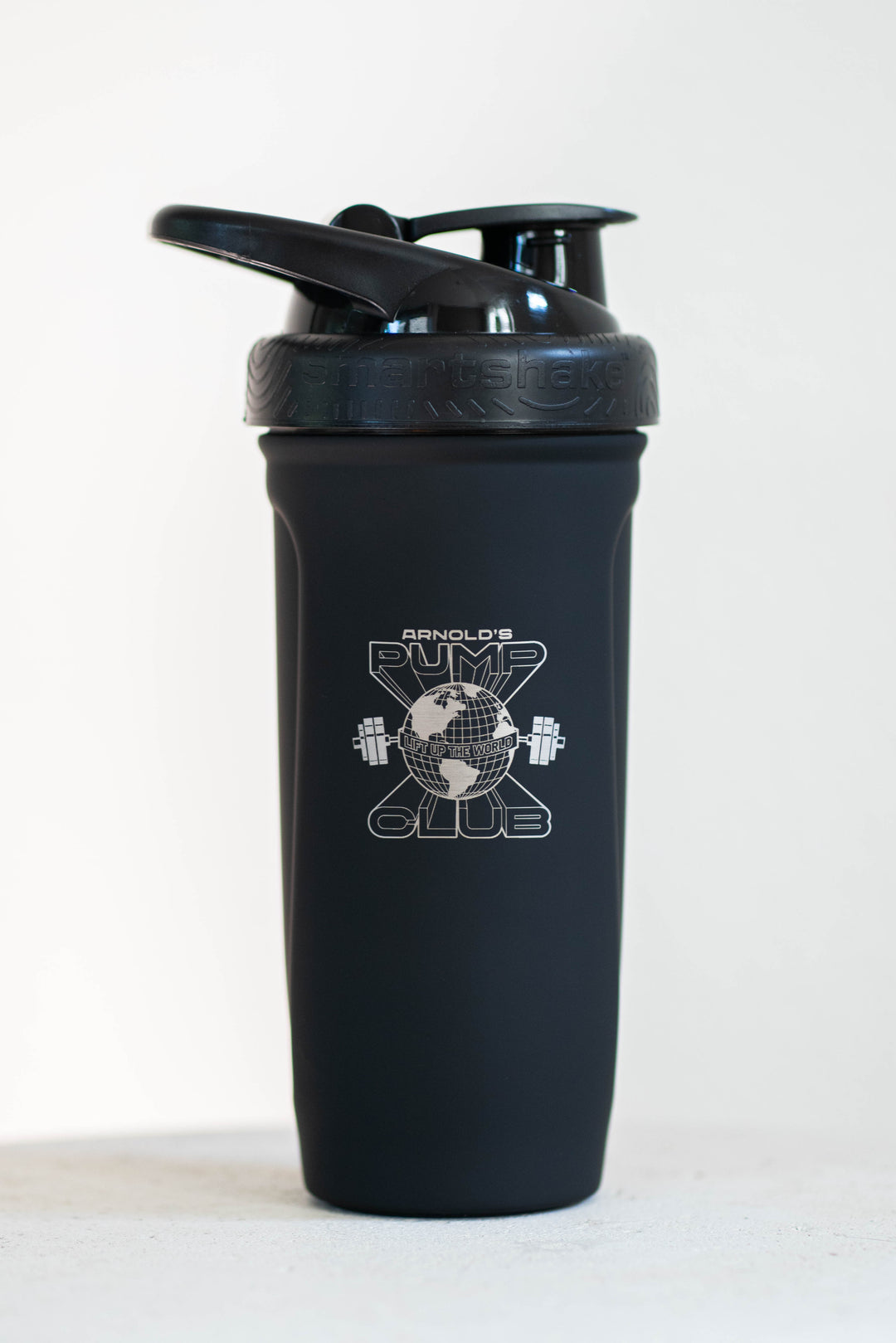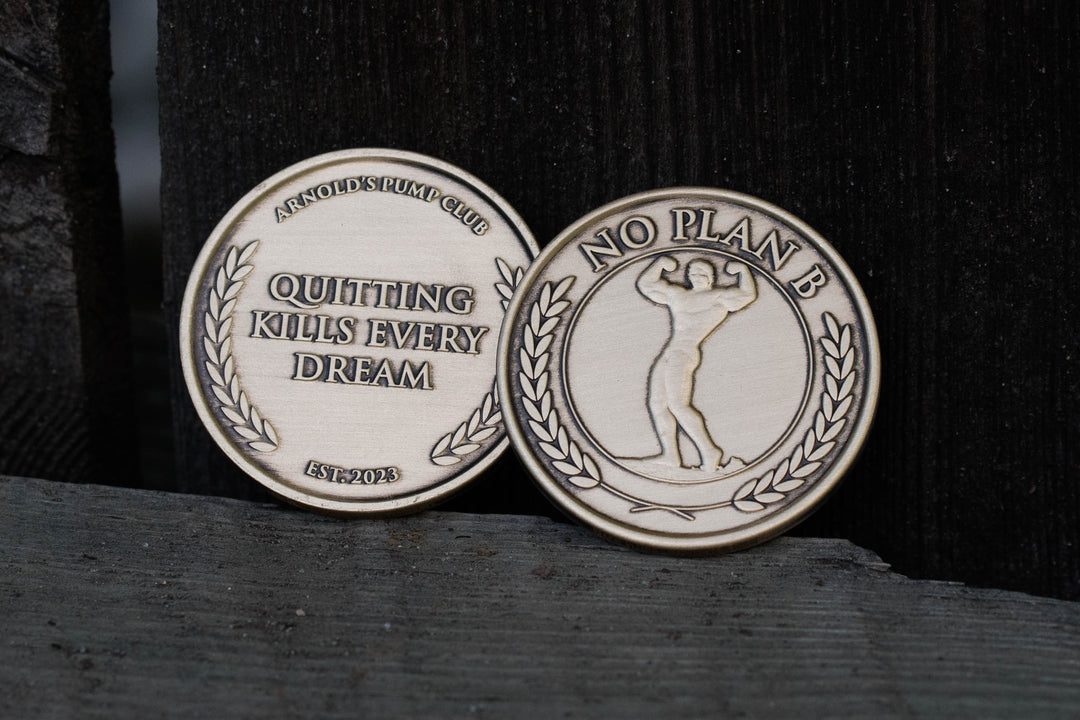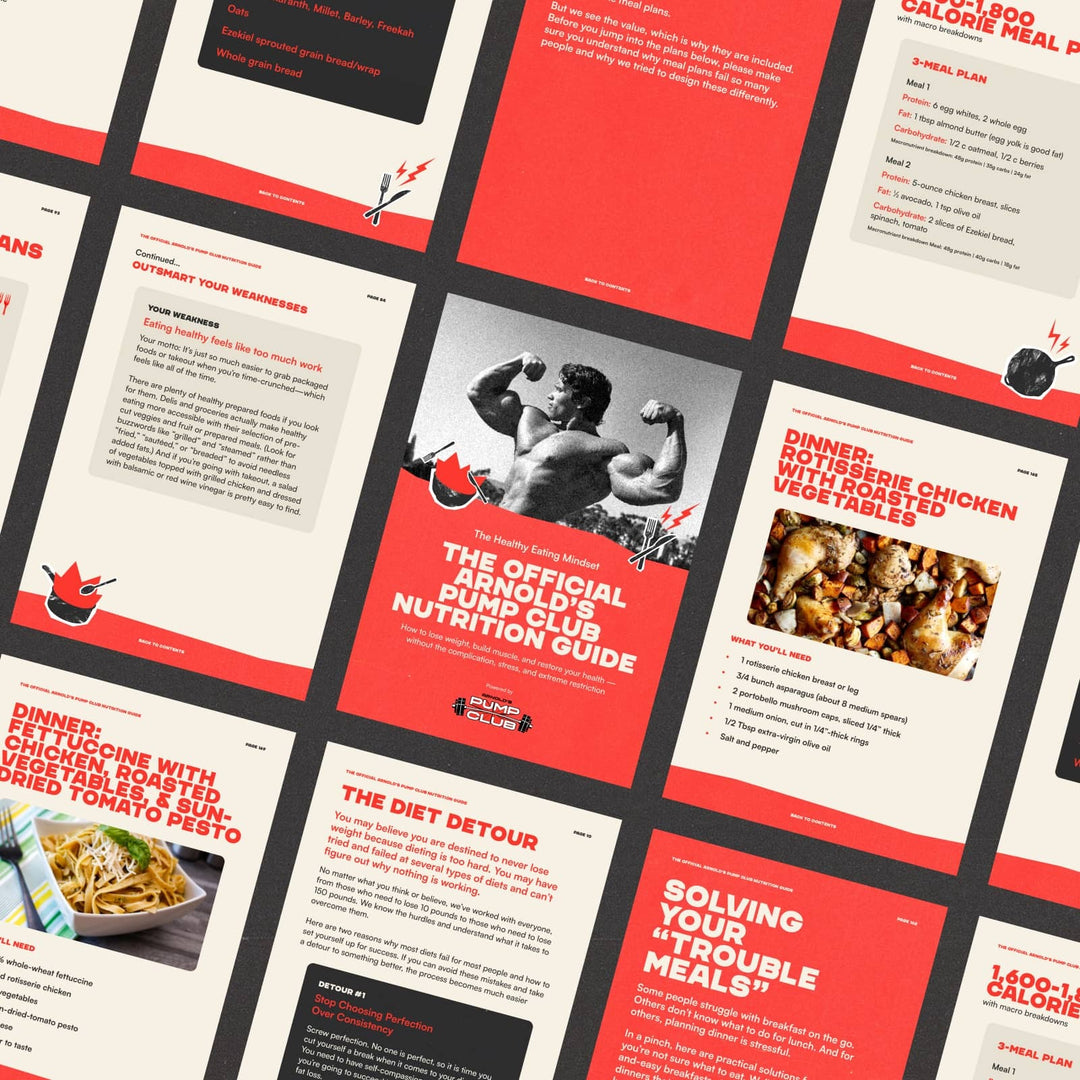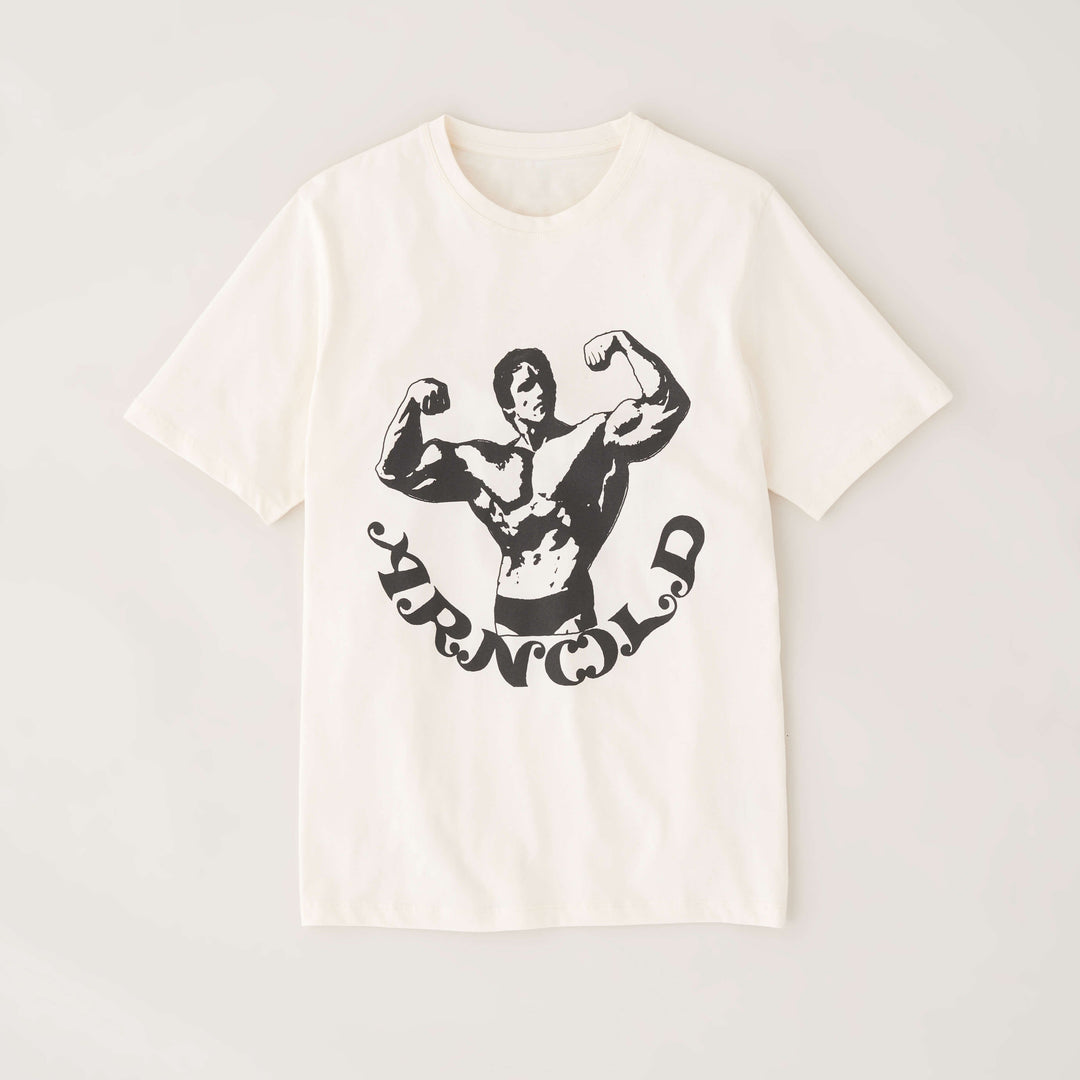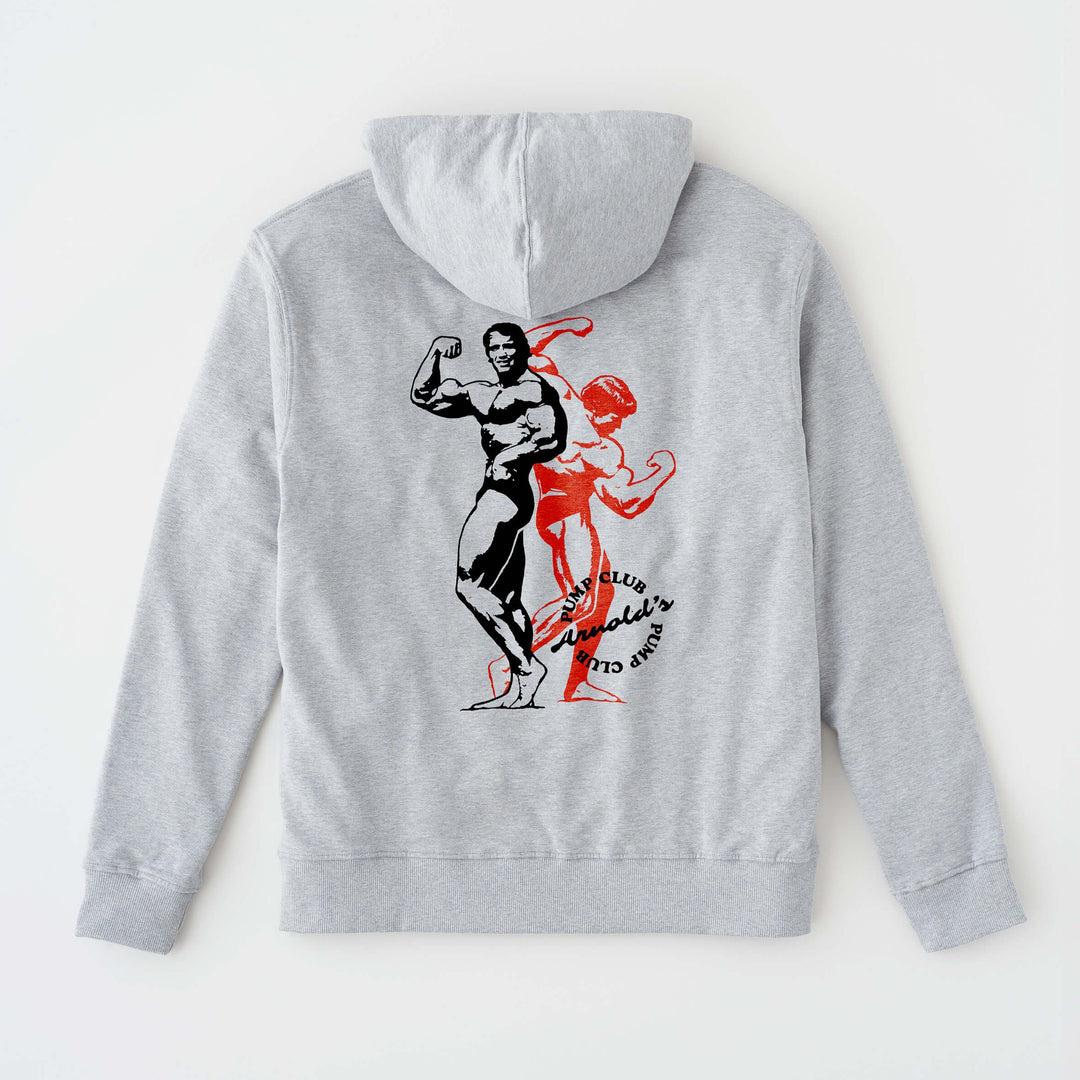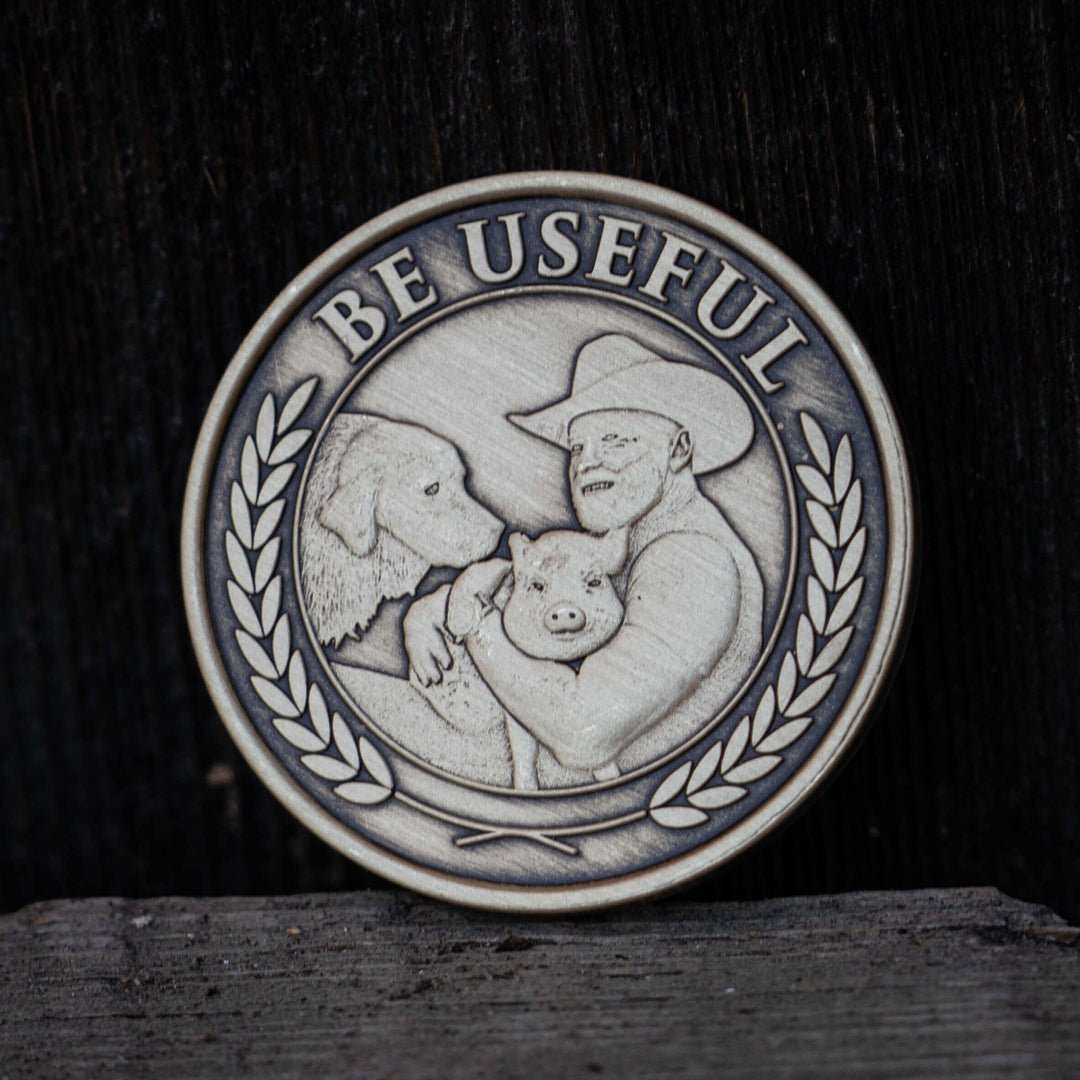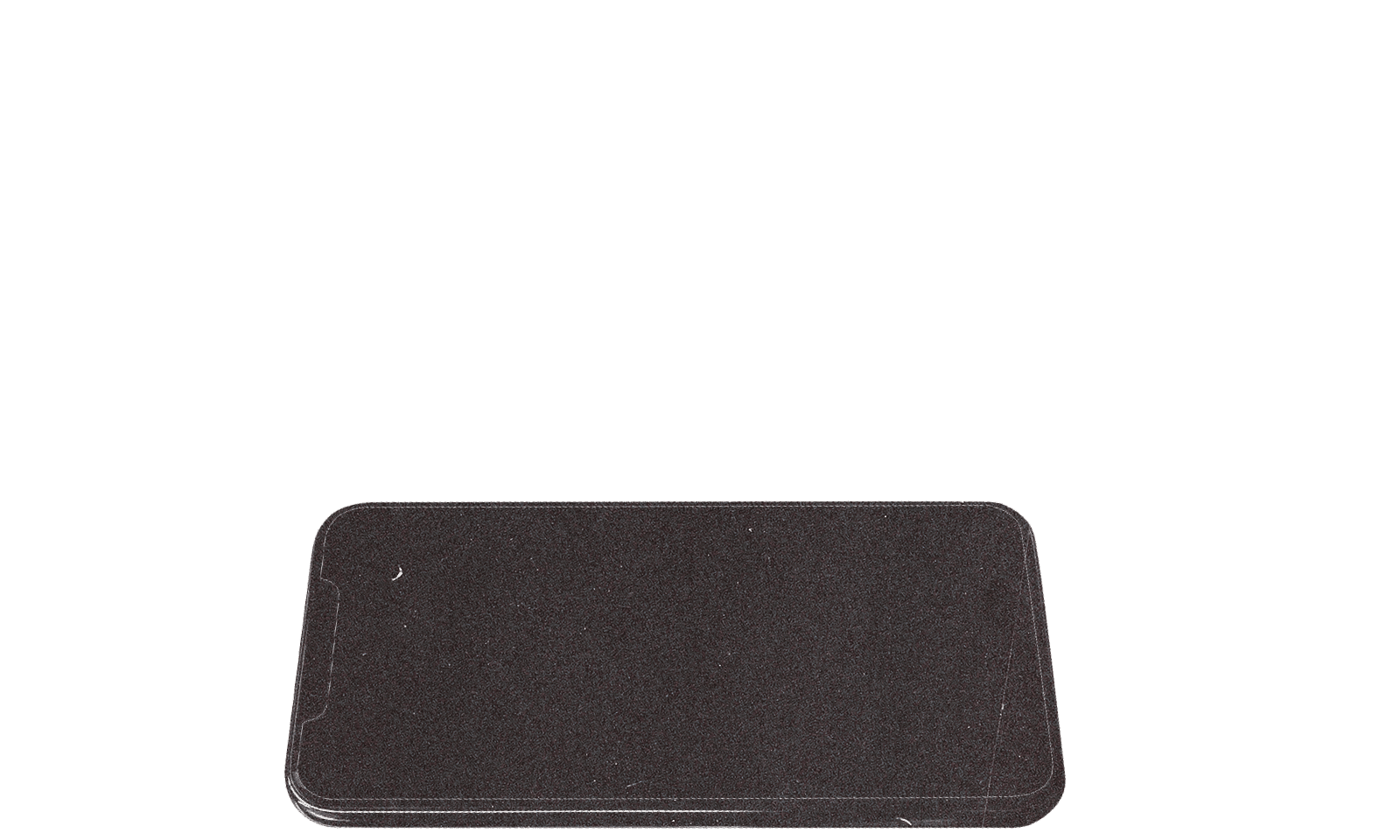Welcome to the positive corner of the internet. Every weekday, we help you make sense of the complex world of wellness by analyzing the headlines, simplifying the latest research, and providing quick tips designed to help you stay healthier in under 5 minutes. If you were forwarded this message, you can get the free daily email here.
Today’s Health Upgrade
Is this food making you gain more fat?
Gotta be the shoes
The protein test
The cholesterol-lowering workout
On Our Radar
Can Food Quality Change Your Body? (Even When Calories Are The Same)
You’ve probably heard it a thousand times: “A calorie is a calorie.” And while calories are the primary mechanism that determines weight gain and loss, a new study might change how you think about what’s on your plate.
Scientists found that when people ate the same number of calories, those who mainly ate ultra-processed foods gained more body fat and had worse cholesterol levels than those who ate whole, unprocessed foods.
The researchers compared a diet of mostly ultra-processed foods (think packaged snacks, frozen meals, refined grains, and sugary drinks), and one made almost entirely of unprocessed foods like fruits, vegetables, and whole grains. Every meal was calorie-matched and had the same amount of protein, carbs, and fat. The only difference was food quality.
Each participant followed both diets for three weeks each (with a 3-month washout period in between), allowing researchers to compare how the same person responded to each diet.
After just three weeks, participants on the ultra-processed diet gained about 2 pounds of fat (about 3 pounds total weight). They also had worse cholesterol levels (among those eating normal calories) and higher blood pressure (among those eating excess calories), suggesting that different aspects of metabolic health were affected by caloric intake.
And one reproductive hormone (FSH) dropped in the group eating ultra-processed foods with extra calories, but the study was too short to say whether that would affect fertility.
So why the difference? The researchers think this happened because the ultra-processed foods were digested faster and had less fiber, resulting in your body reacting differently to a plate of whole foods than to a plate of refined ones, even if the calorie count matches.
If you want to improve your long-term health, you don’t need to swear off all processed foods. Just start tilting the balance: pick more single-ingredient foods, choose whole grains, beans, fruits, and vegetables whenever possible, and eat lean sources of protein. You don’t chase perfection, but small, consistent upgrades could make a real difference.
Together With NOBULL
The Art And Science Of Footwear
When researchers study how footwear affects your body, they’re not just looking at style. They measure forces, angles, joint loads, and muscle activation patterns. Shoes need to be comfortable (that’s the art), but the mechanics of how your entire body responds to what’s on your feet matters too (that’s the science).
A comprehensive review of 63 studies found that every design detail — from midsole cushioning and heel height to outsole grip and upper material — can meaningfully change how you move.
But the researchers also discovered something surprising: there’s no universal “perfect” shoe. The right pair depends on your body, your training, and how you adapt over time.
That’s why we keep coming back to NOBULL. Their shoes don’t chase fads or overpromise. And they’re not trying to push a one-size-fits-all approach. Instead, they design shoes for the activities you love. And the shoes are built with the right balance of science, structure, and simplicity, whether you love resistance training or walking, so that you feel better every time you train.
This week, NOBULL’s biggest sale of the year is live. Here are a few of the team’s top picks:
Outwork Trainer in Black Gum: Durable stability and flat traction for squats, cleans, and all-out sessions.
Allday Ripstop in Light Grey: Lightweight, flexible, and engineered for comfort on long days or recovery walks.
Drive Knit in Triple Black: A breathable knit upper with adaptive cushioning for runs or HIIT.
Outworks start at $89, Alldays at $89, and Drives at $75. The code “HOLIDAYDEALS2025” will automatically apply at checkout. The sale runs through December 3rd, and after that, prices go back up.
Science shows how your shoes shape how you move. These are built to help you move better and last longer.
Instant Health Boost
Do You Really Need Fancy Protein Blends?
For years, people have been arguing about the best source of protein. But what if all that effort (and expense) didn’t matter as much as you’ve been told?
New research suggests that as long as you’re getting enough total protein, the type of protein you choose might not make that much of a difference.
Scientists tested how well different protein blends were digested and used for muscle building in older adults. The participants consumed shakes containing 20 grams of protein from four different mixes: dairy-heavy (casein/whey), plant-inclusive (soy/pea), and mixed blends. Researchers measured digestibility, amino acid absorption, and muscle protein synthesis.
The results were nearly identical across all blends. There were no differences in how well any protein type was broken down and digested; all options raised blood amino acid levels within 40 minutes, and every blend stimulated muscle building at the same rate, showing no “best” protein.
In other words, it wasn’t about the blend; it was about hitting your total protein target. The researchers concluded that the key driver of muscle building is the amount of protein (and its leucine content), not the source (whey, soy, or a combination).
Once digested, all complete proteins supply essential amino acids that activate mTOR, the pathway that triggers muscle repair and growth. As long as you consume enough leucine (around 2.5–3 grams per meal), your body has what it needs to build and maintain muscle.
Instead of worrying too much about protein type, focus on getting enough high-quality protein in the day. A good rule of thumb is to aim for 20-60 grams of protein per meal (depending on your weight), and a total of 1.6 to 2.2 g/kg of protein per day.
Choose what you enjoy and digest easily, whether that’s eggs, fish, tofu, or a protein shake that’s third-party tested, so you know what’s on the label is in the product.
Health
Is There a “Best” Workout for Lowering Cholesterol?
If your doctor has ever told you your cholesterol is creeping up, it’s easy to feel like medication is the only next step. But new research analyzing nearly 9,000 people says something surprisingly encouraging:
The right mix of exercise can meaningfully improve your cholesterol.
A team analyzed 148 randomized controlled trials involving nearly 9,000 adults to determine how different types of exercise affect cholesterol. They looked at aerobic training, strength training, combined programs, session length, weekly frequency, and how long people stuck with it.
A combination of cardio and strength training lowered LDL cholesterol by about 7 mg/dL, and it was clear that the more you exercise, the more benefits you’ll experience.
The scientists found that each additional aerobic session you add each week can lower total cholesterol by another 8 mg/dL. And longer training durations led to bigger improvements over time.
The findings were put through trial sequence analysis — a method that checks whether the evidence is strong enough to be conclusive — and the answer was yes: exercise reliably improves all major cholesterol markers.
Cardio improves how your body transports and clears cholesterol, while strength training increases muscle mass, which boosts metabolic health and insulin sensitivity. The combination creates powerful, complementary effects on your lipid profile.
The research suggests you can see results from just 3 days per week of exercise, either 2 days of cardio and 1 day of strength, or 2 days of strength and 1 day of cardio.
Cardio can be anything that gets your heart rate up: walking fast, running, biking, or swimming. Strength training can be bodyweight, dumbbells, kettlebells, or machines.
And remember: even modest changes add up. If your cholesterol is borderline, this routine might be enough to help you avoid medication. If you’re already on medication, it can help you get even better results.
Better Today
Take any of these tips from today’s email and put them into action:
1. Same Calories, Different Results: Why Ultra-Processed Foods Might Increase Fat Gain
Researchers found that participants who ate ultra-processed foods gained approximately 2 pounds of body fat in just 3 weeks, compared with those who ate whole foods—even when calories, protein, carbs, and fat were identical. You don’t have to cut out all ultra-processed foods, but eating more single-ingredient foods, fruits, vegetables, fiber, and protein is a good way to fuel your body.
2. Your Protein Source Isn’t Most Important — The Total Amount of Protein Is
A study testing 20-gram protein shakes from dairy, plant, and mixed sources in older adults found no difference in digestion, amino acid absorption, or muscle protein synthesis across any blend. What matters is hitting your protein target (around 1.6 - 2.2 g/kg) and getting enough leucine (2.5-3 grams).
3. The Exercise Combo That Lowers LDL Cholesterol by 7 mg/dL
A meta-analysis of 148 randomized controlled trials found that combining cardio and strength training is most effective at lowering LDL cholesterol. Three workouts per week produced measurable improvements, potentially helping those with borderline levels avoid medication.
—
Publisher: Arnold Schwarzenegger
Editors-in-chief: Adam Bornstein and Daniel Ketchell






